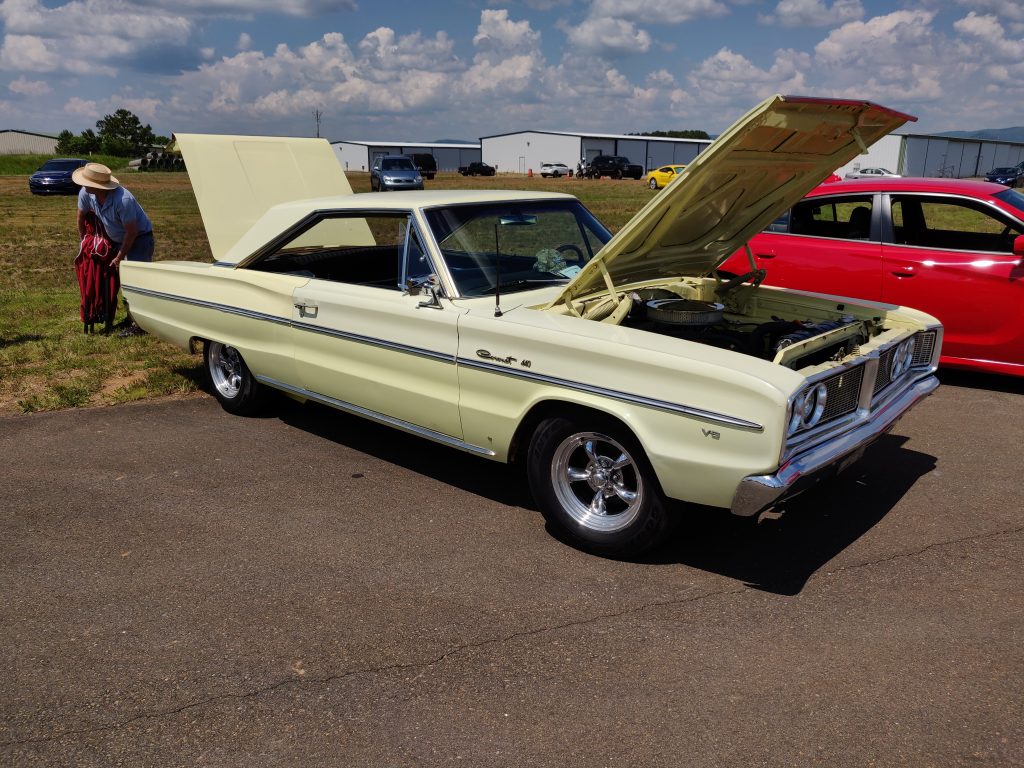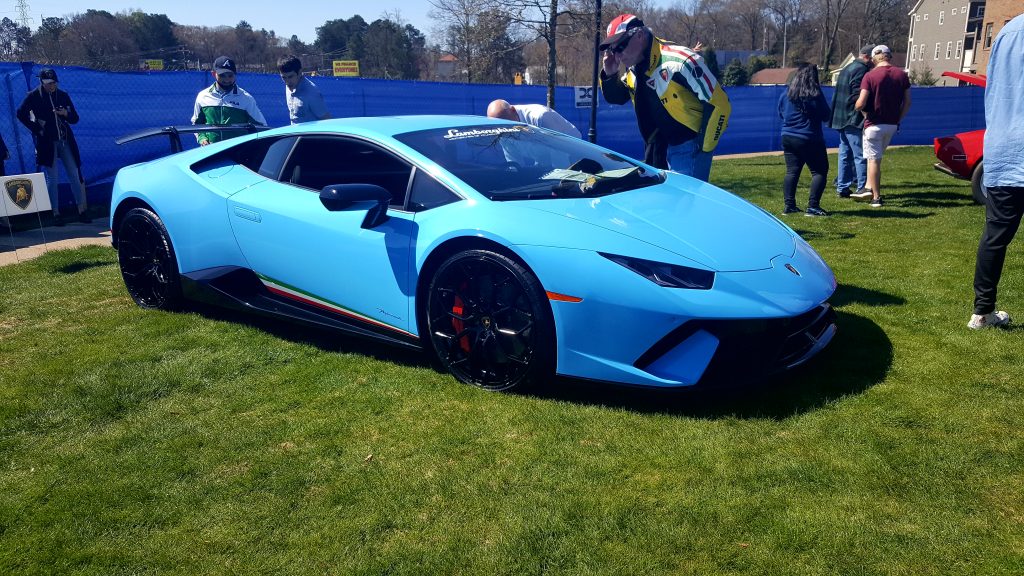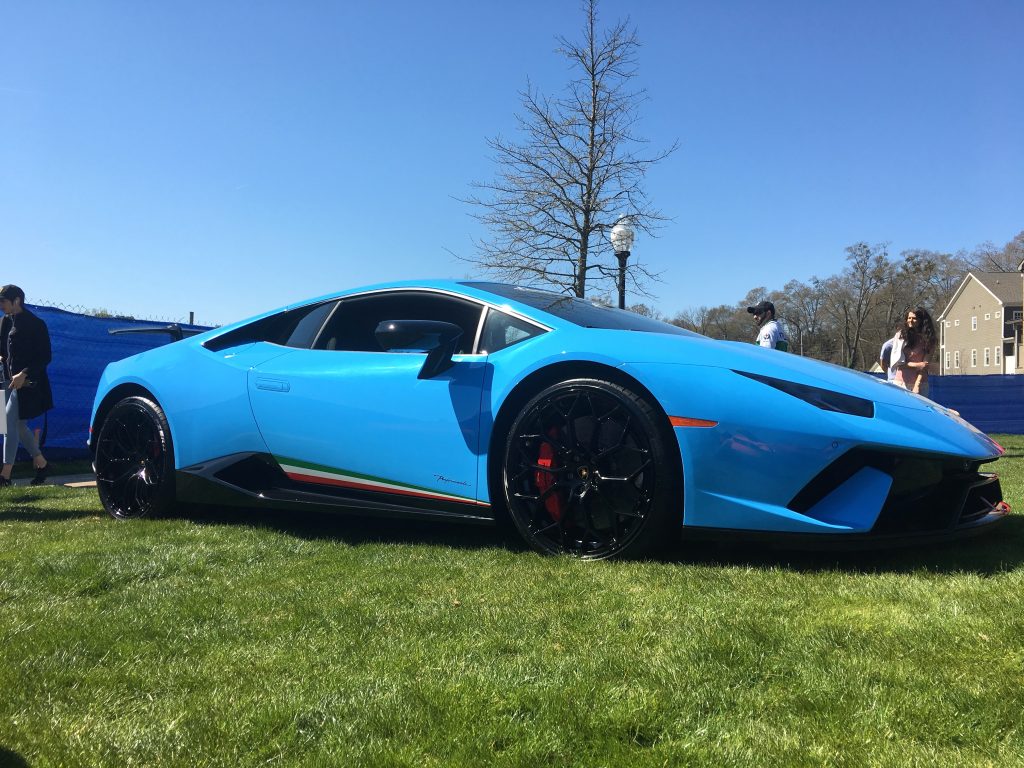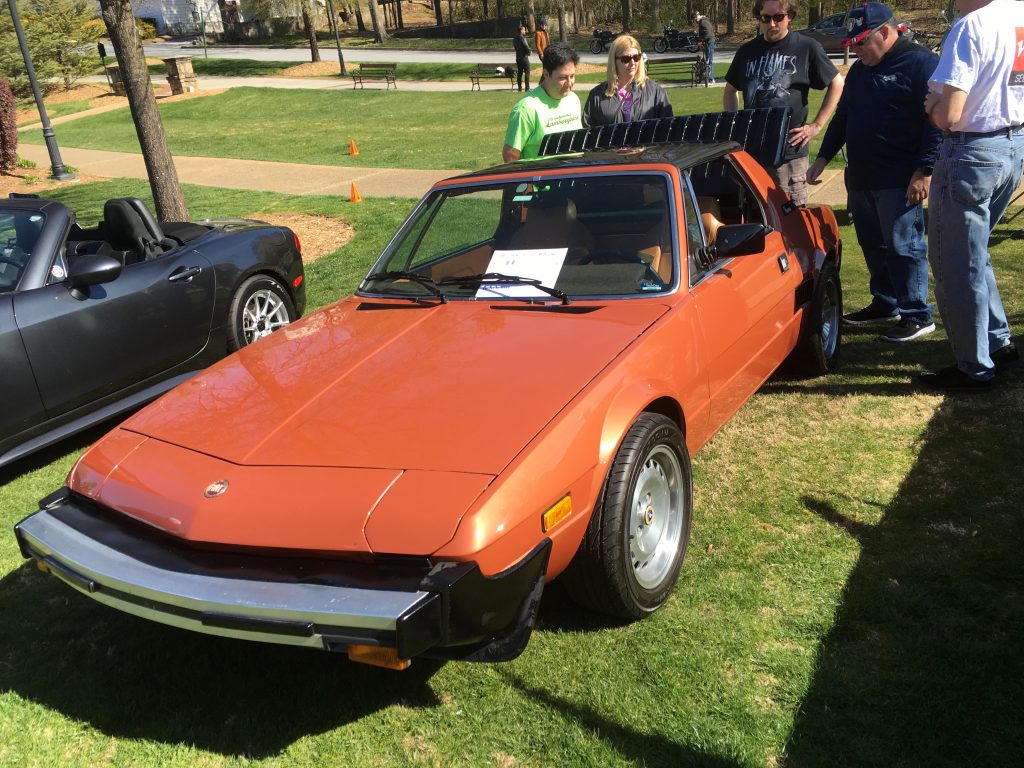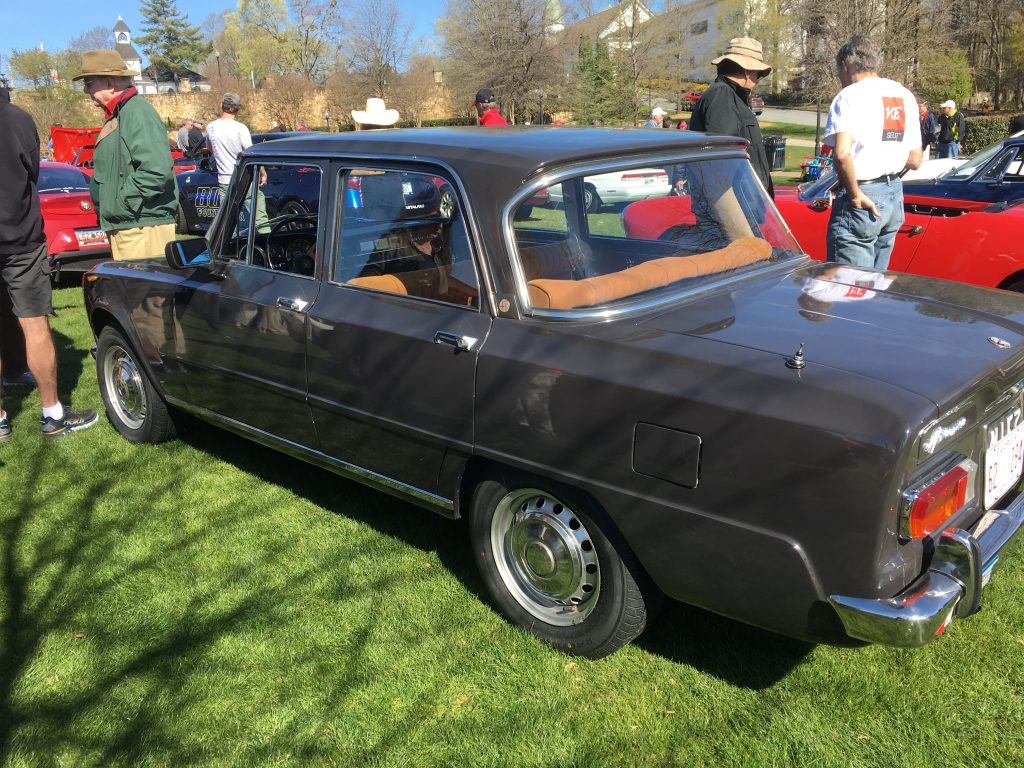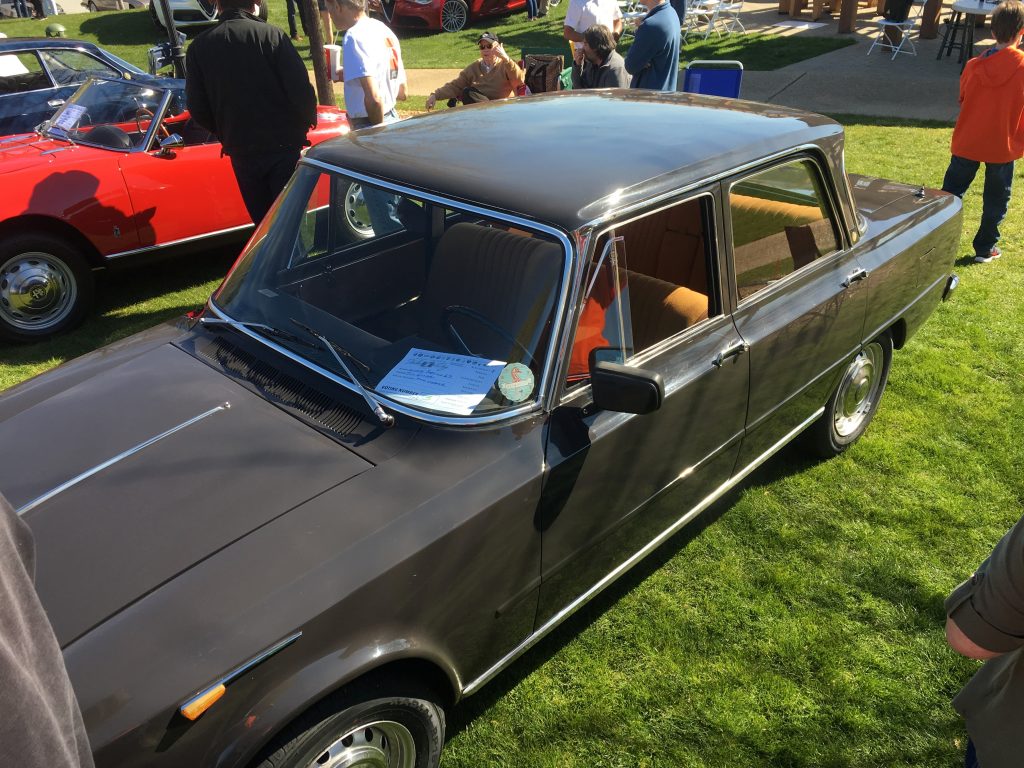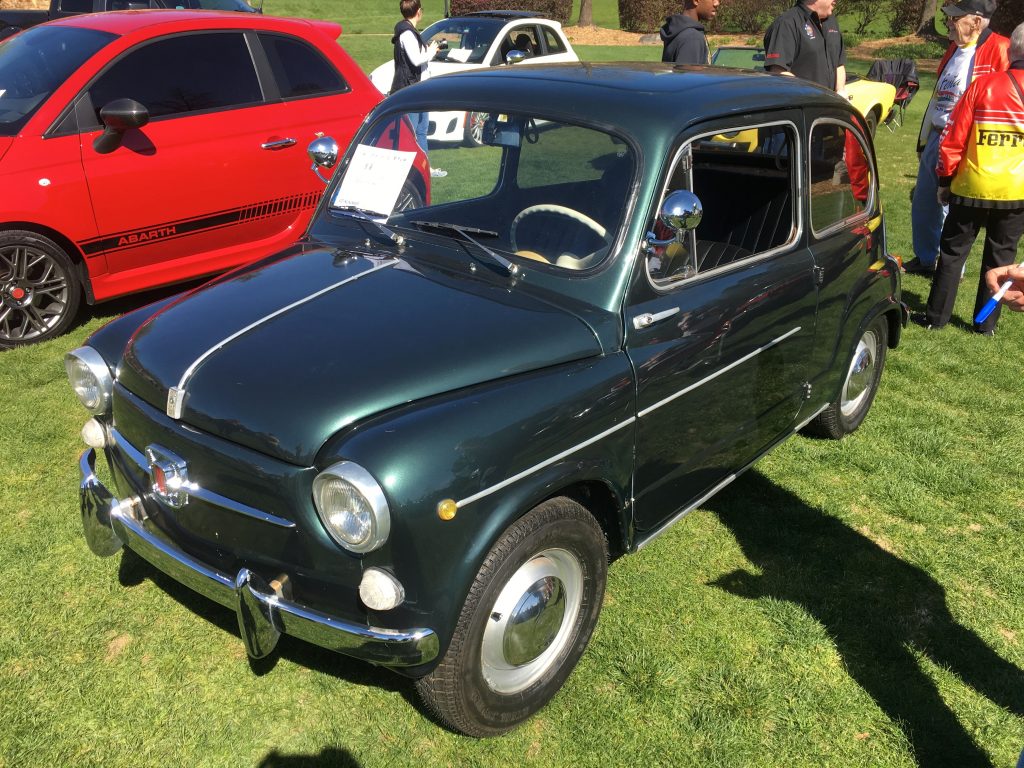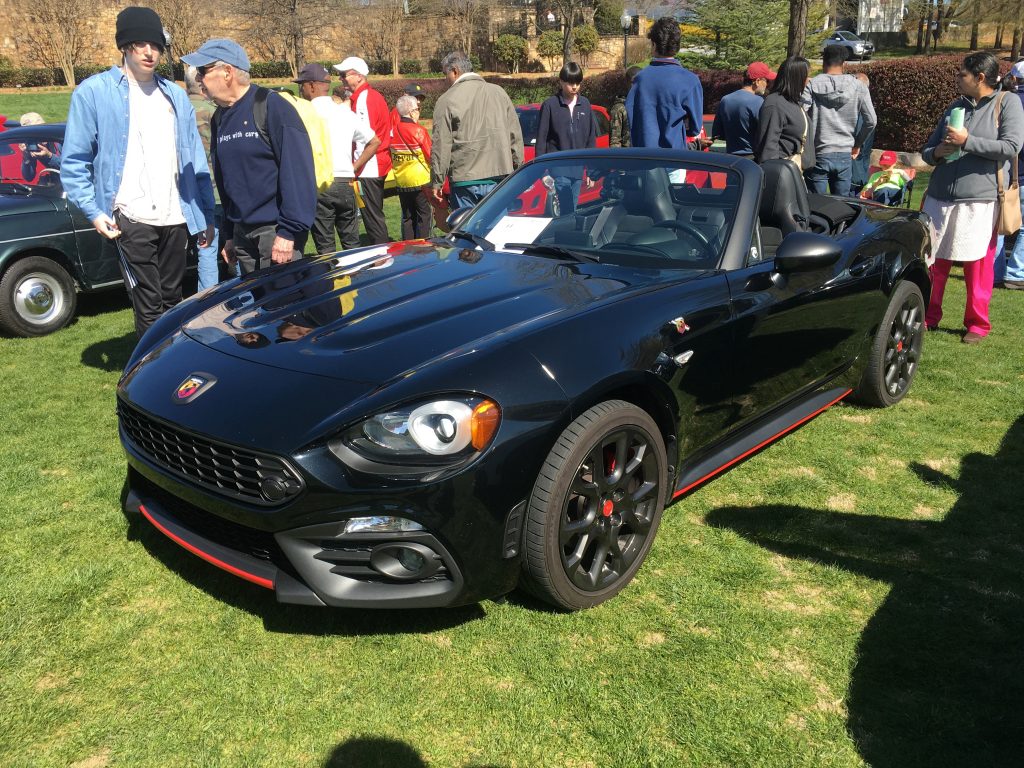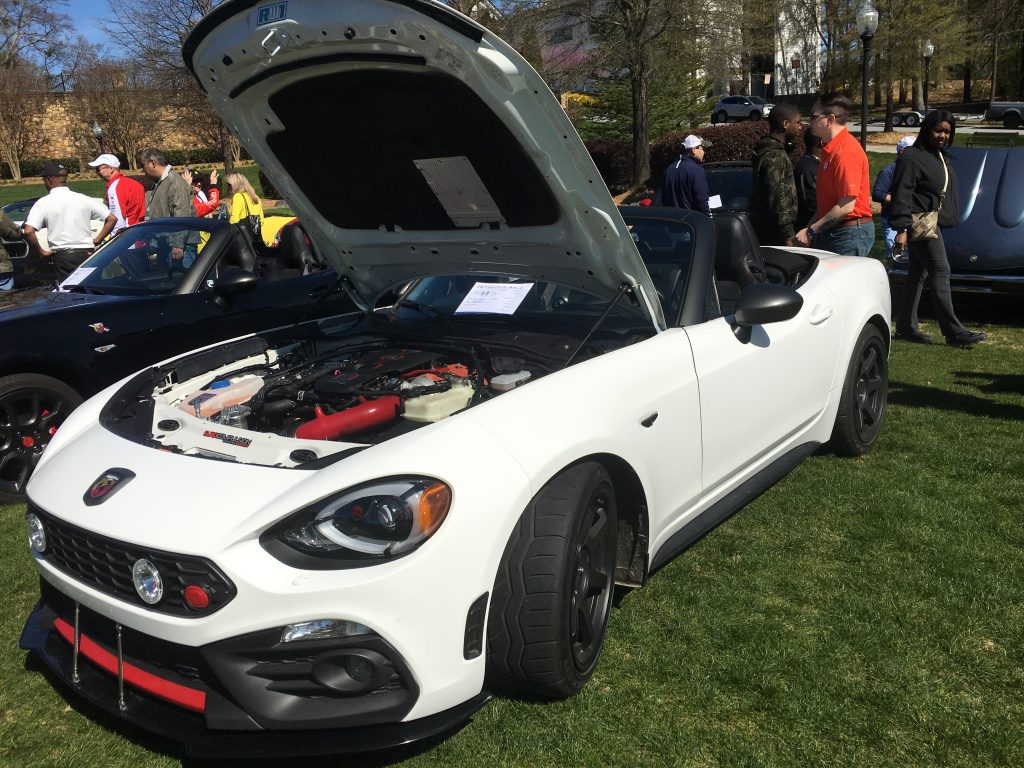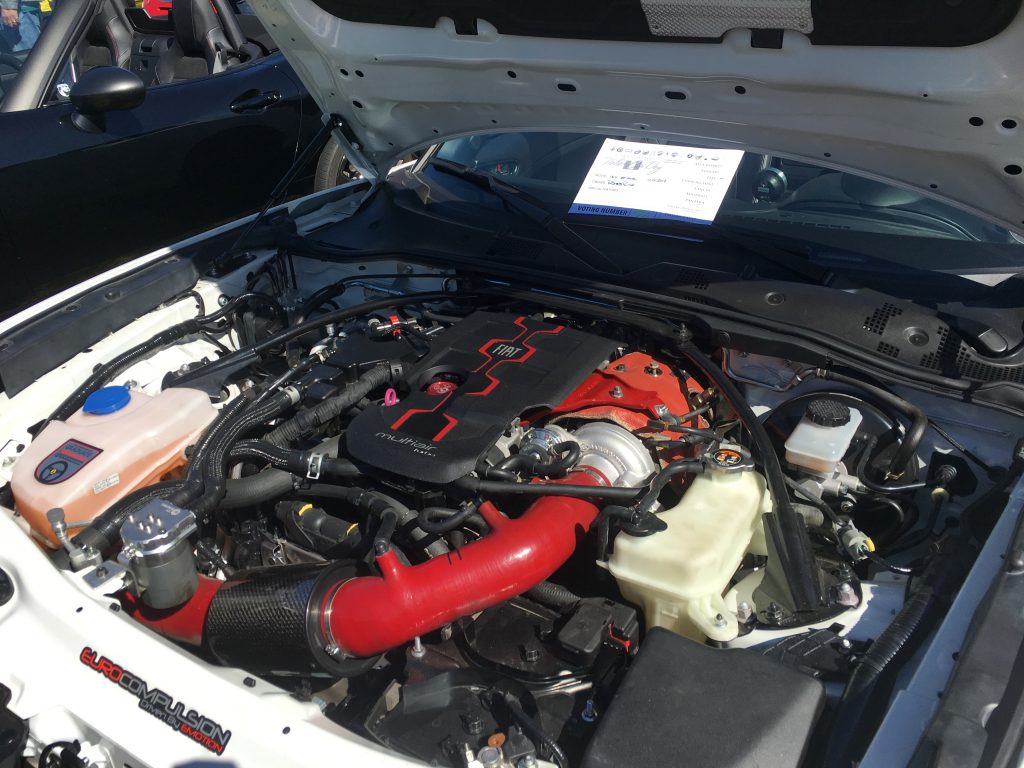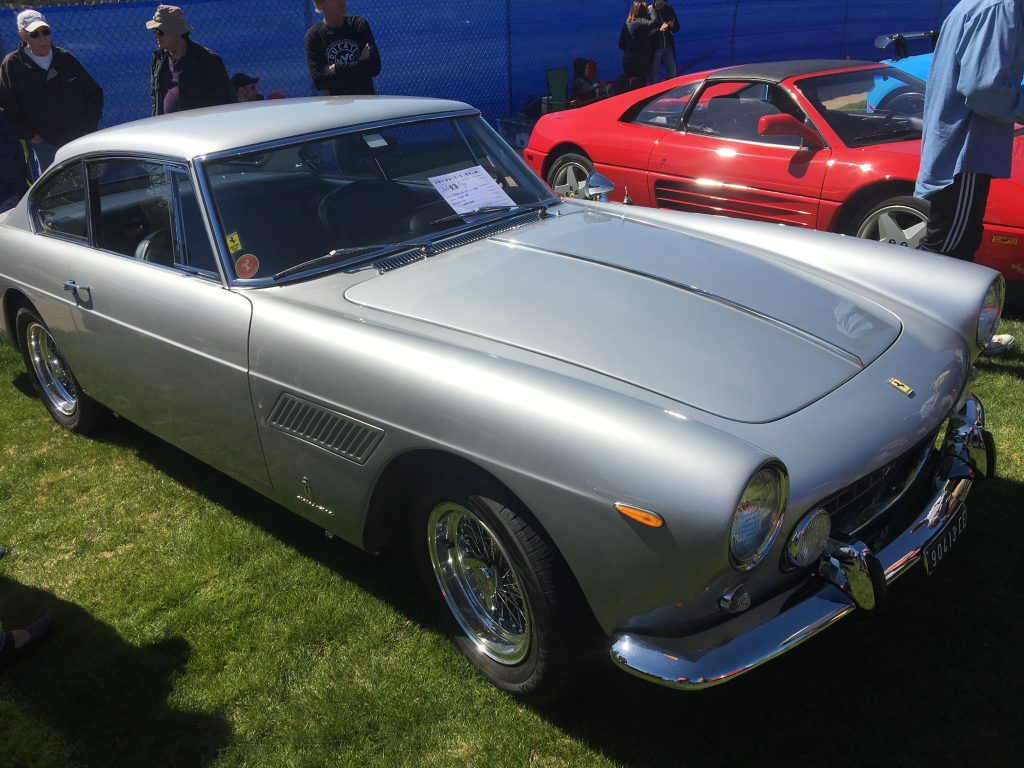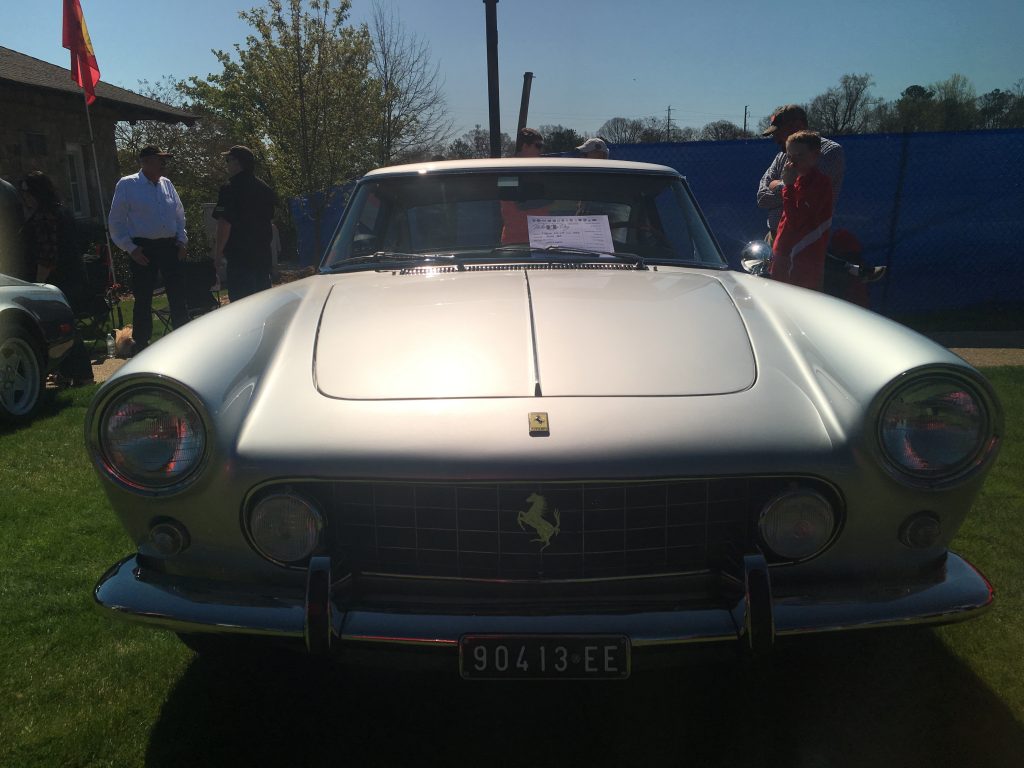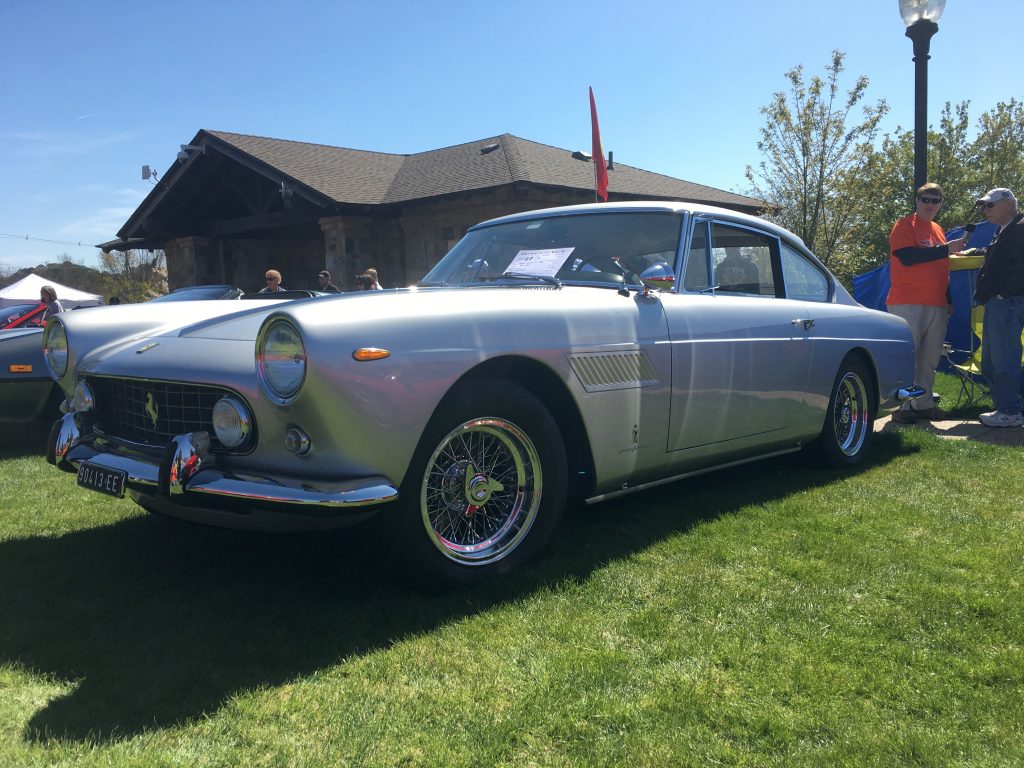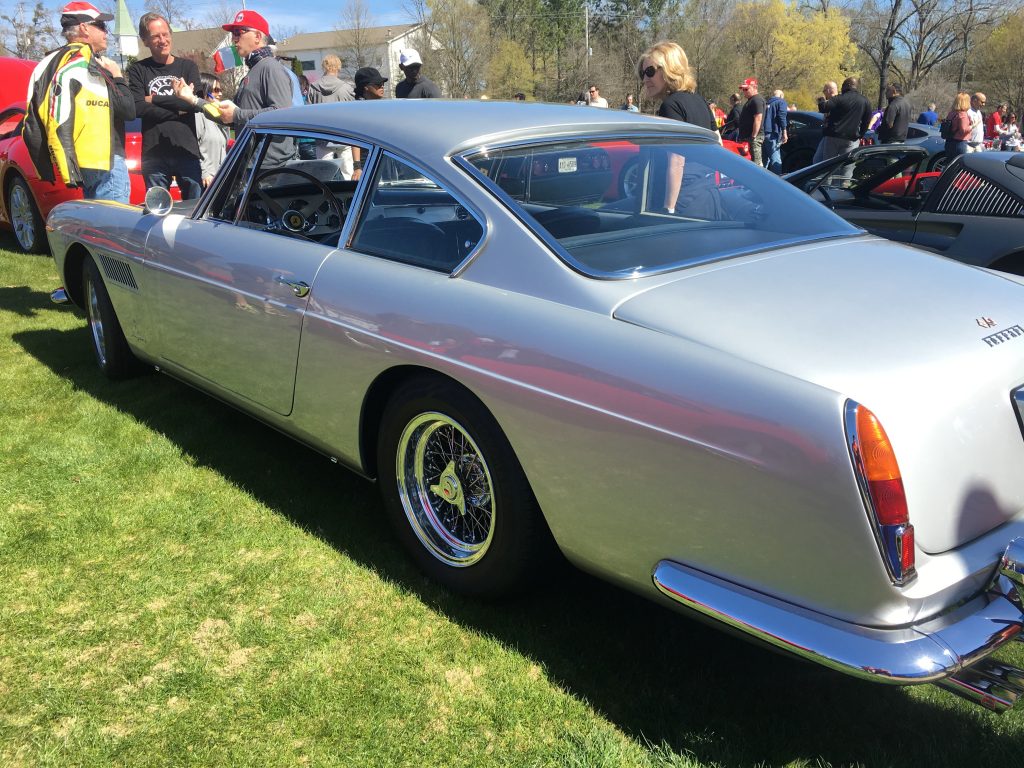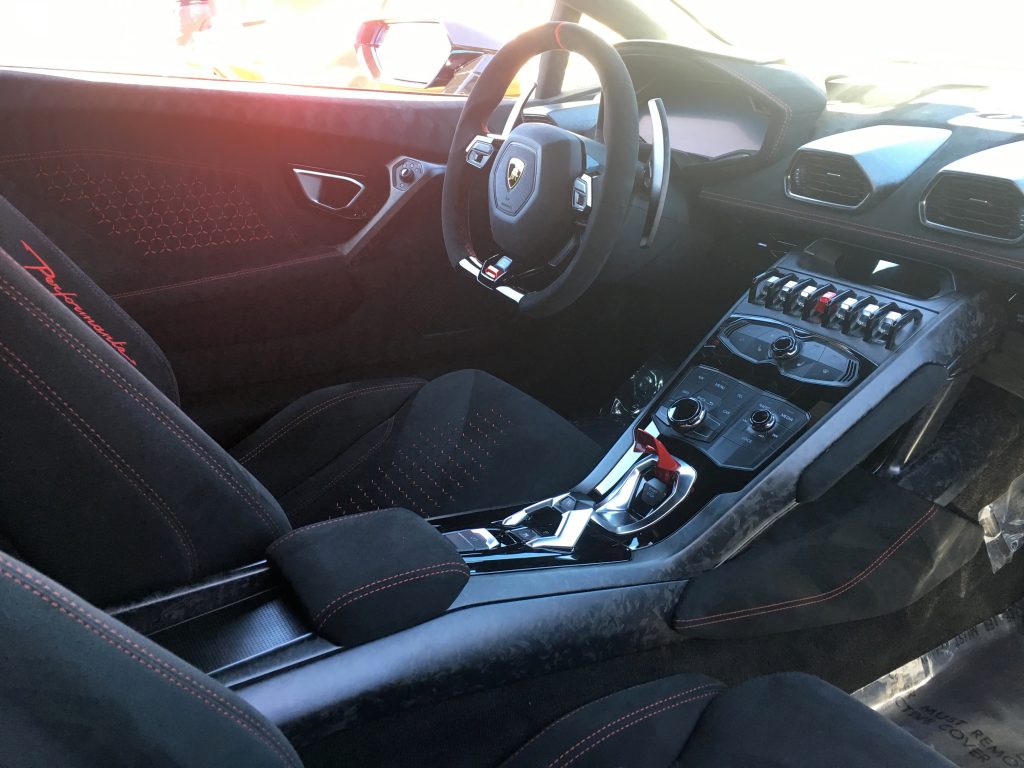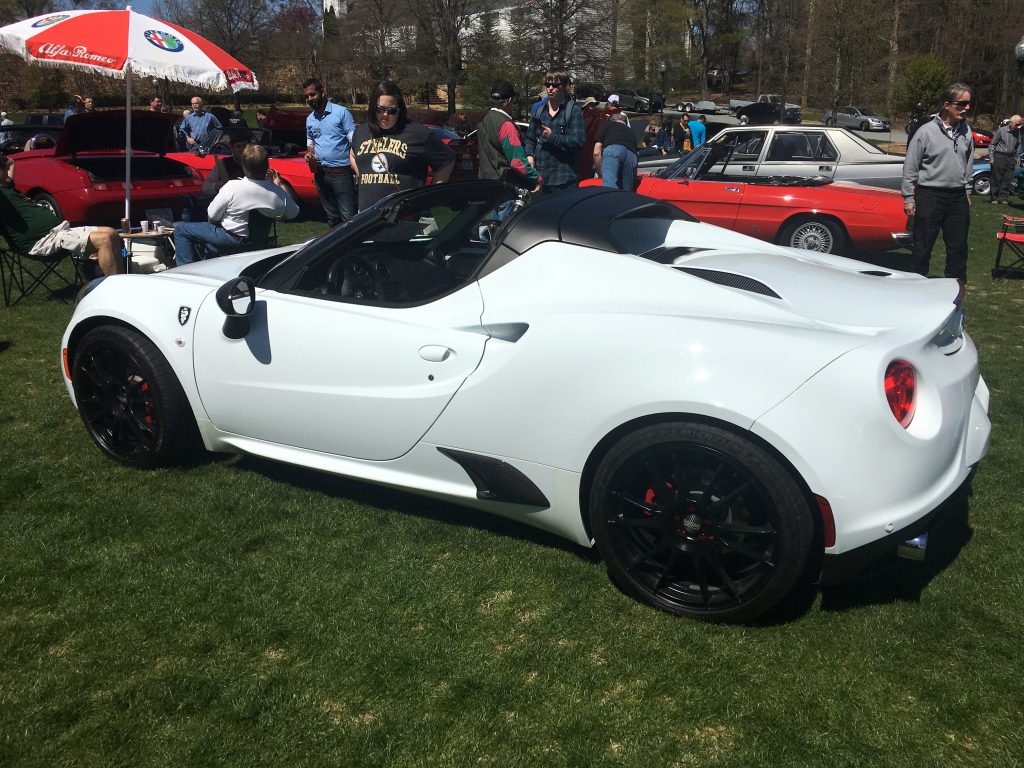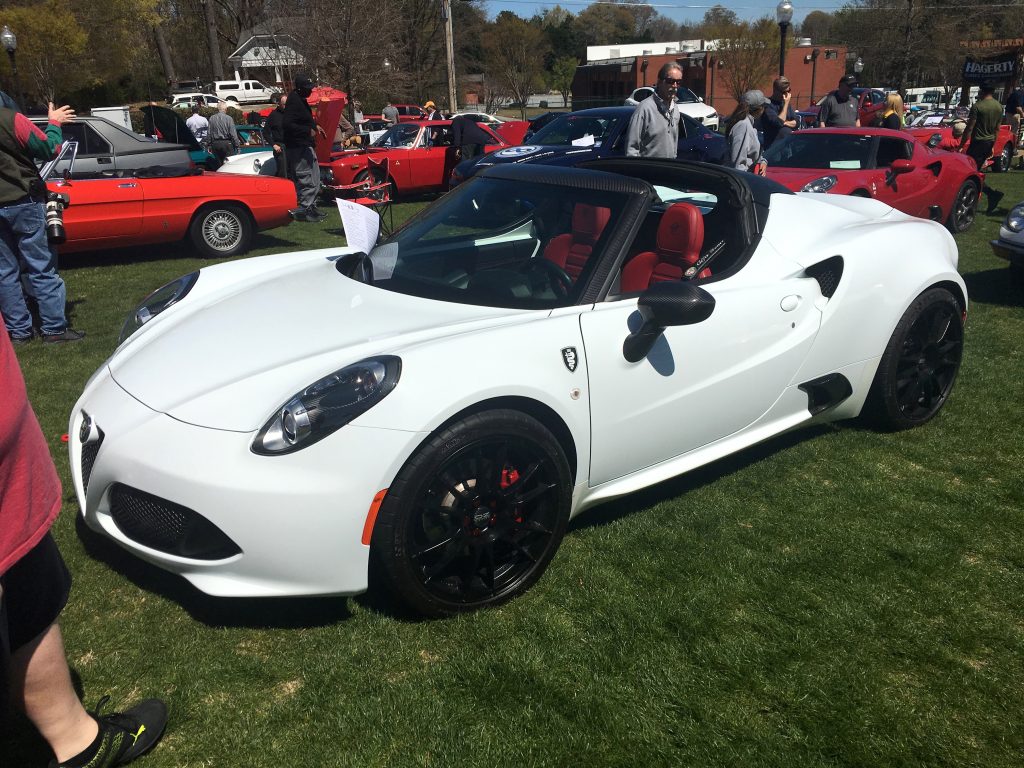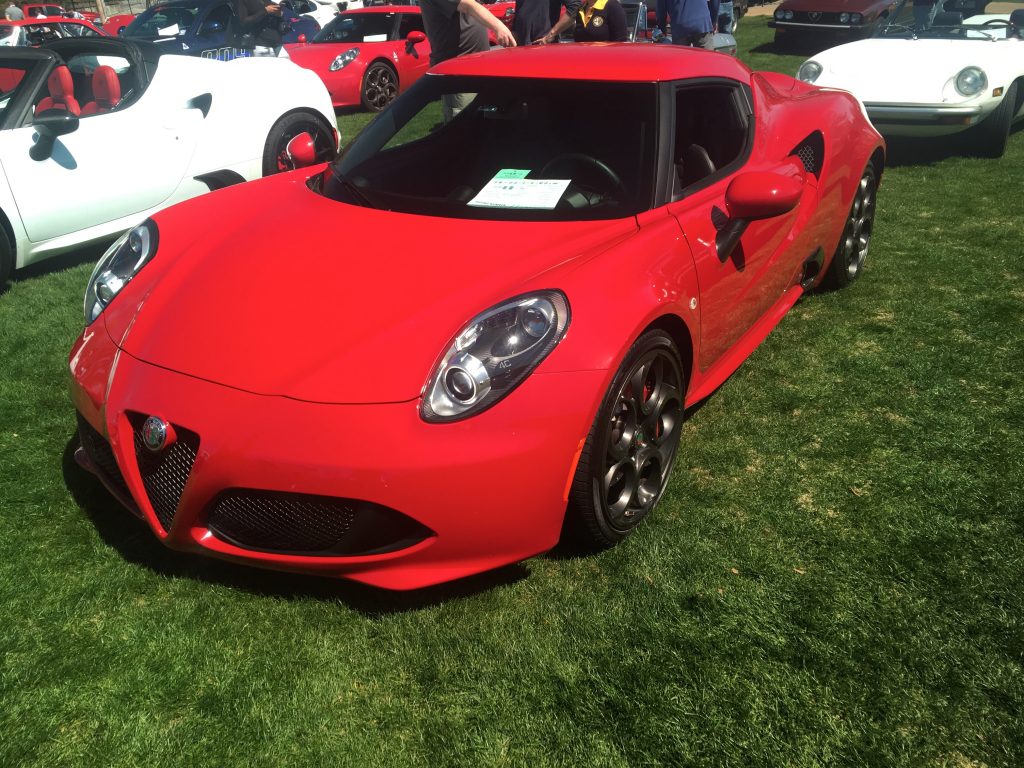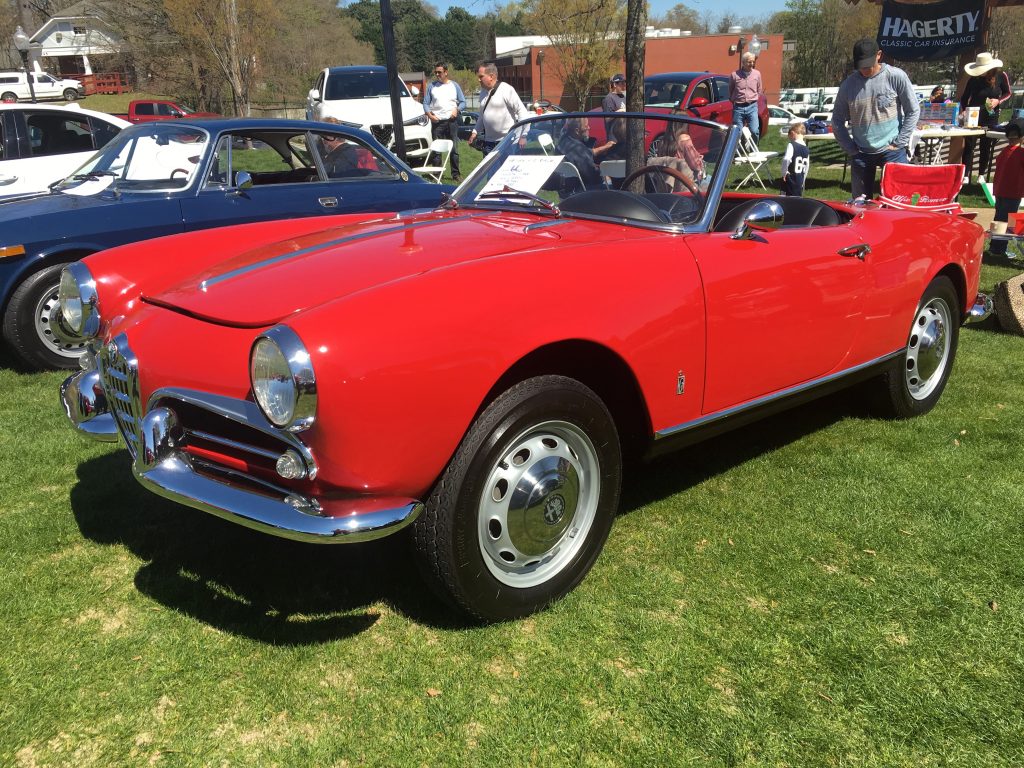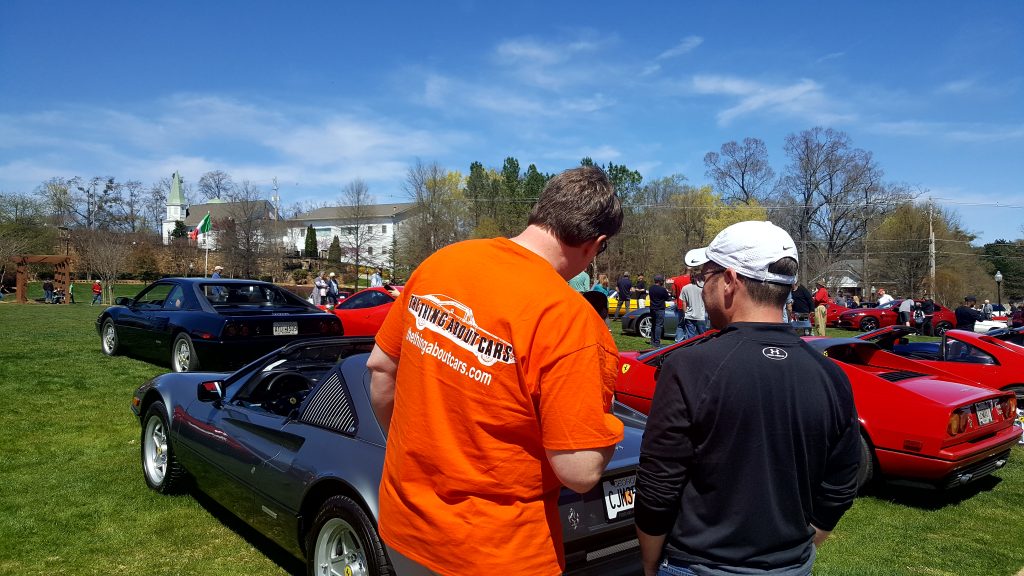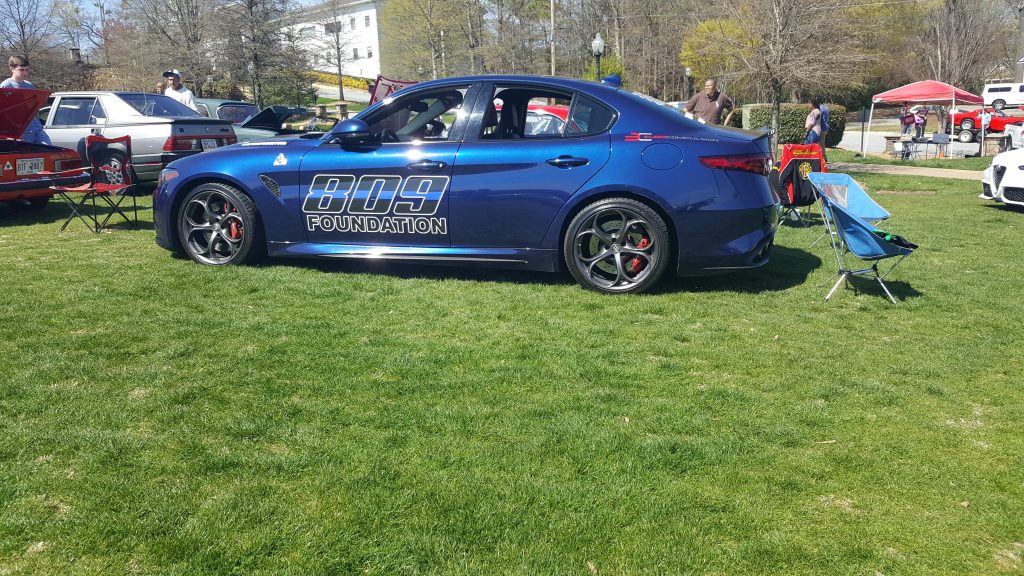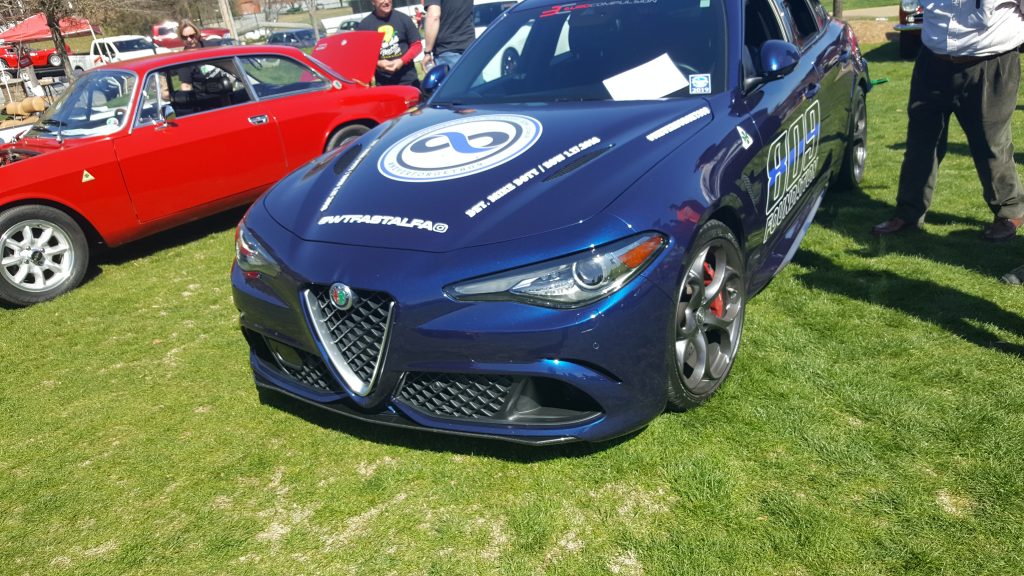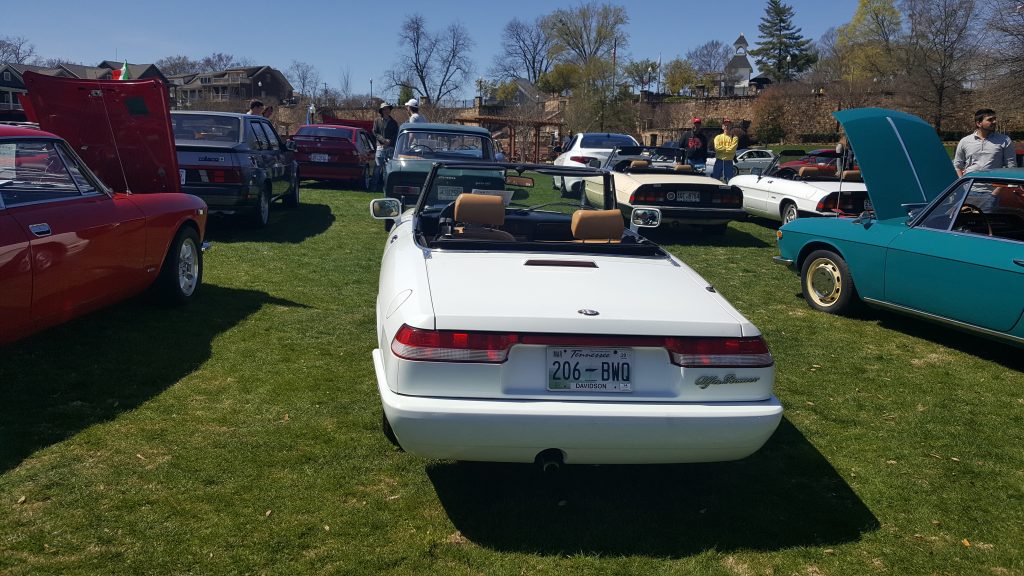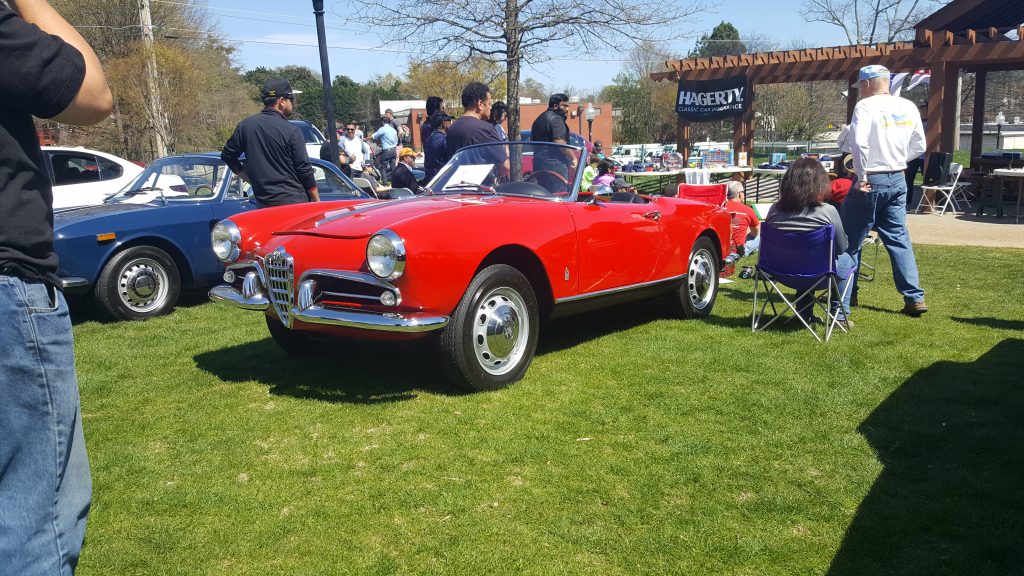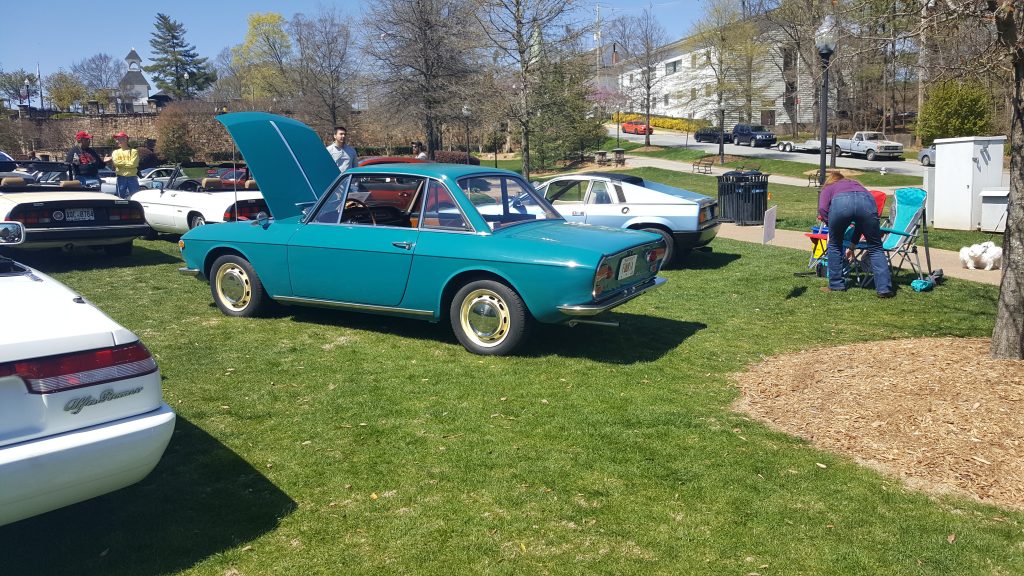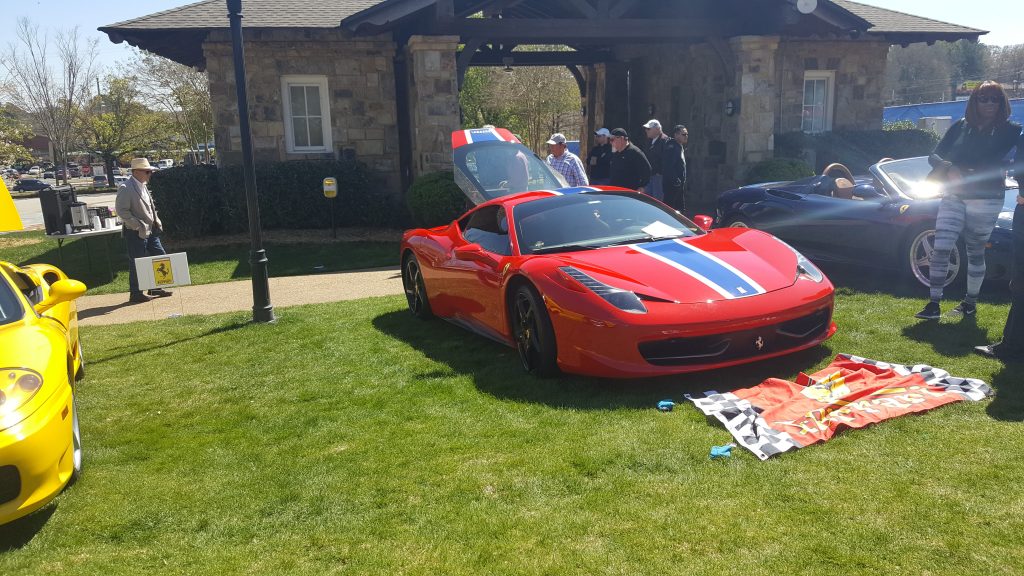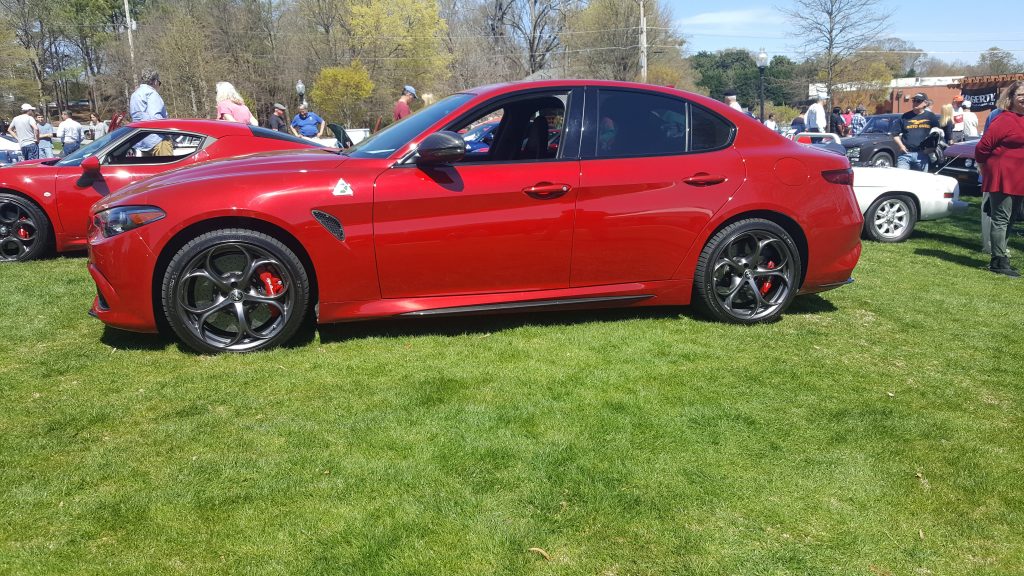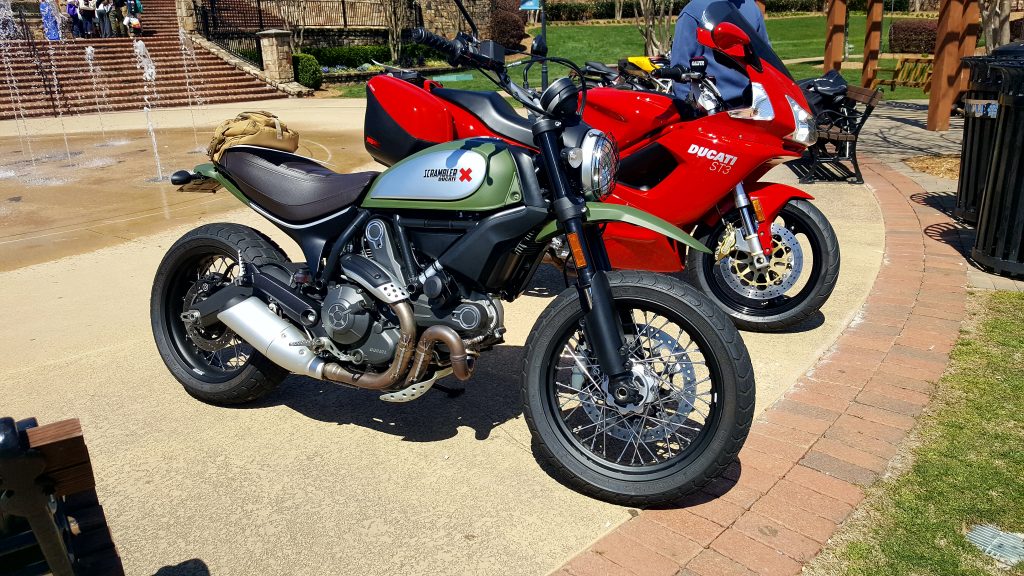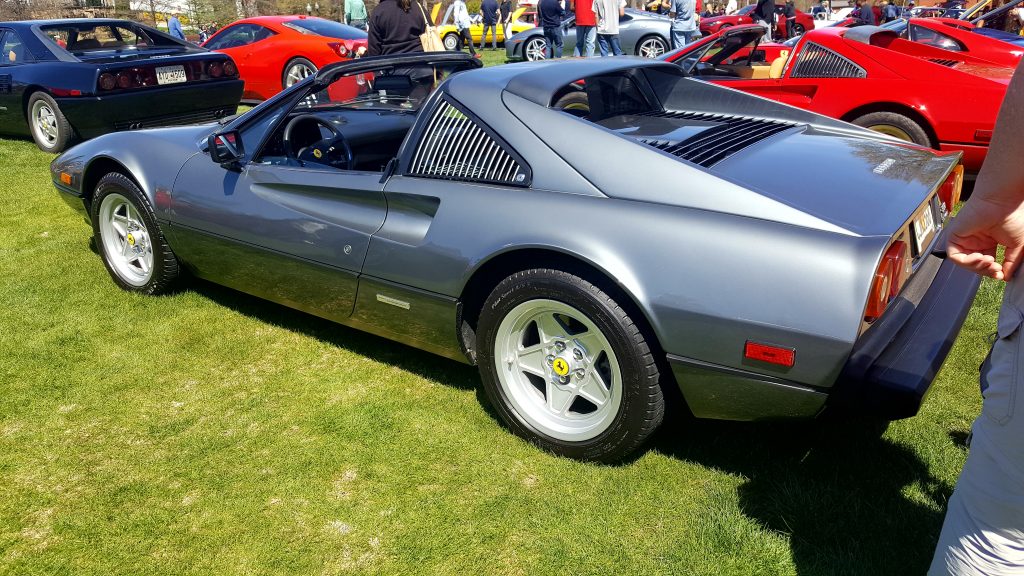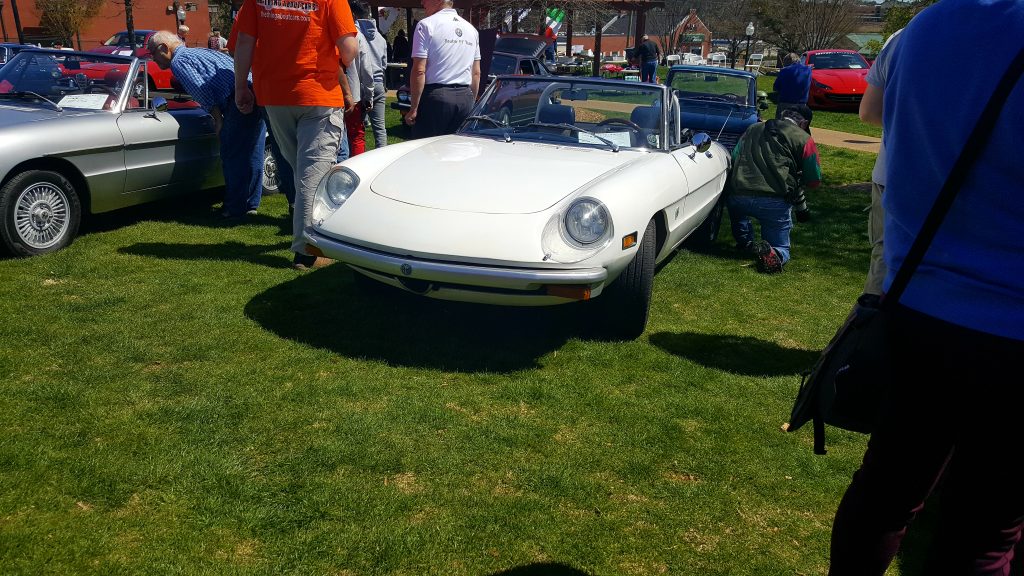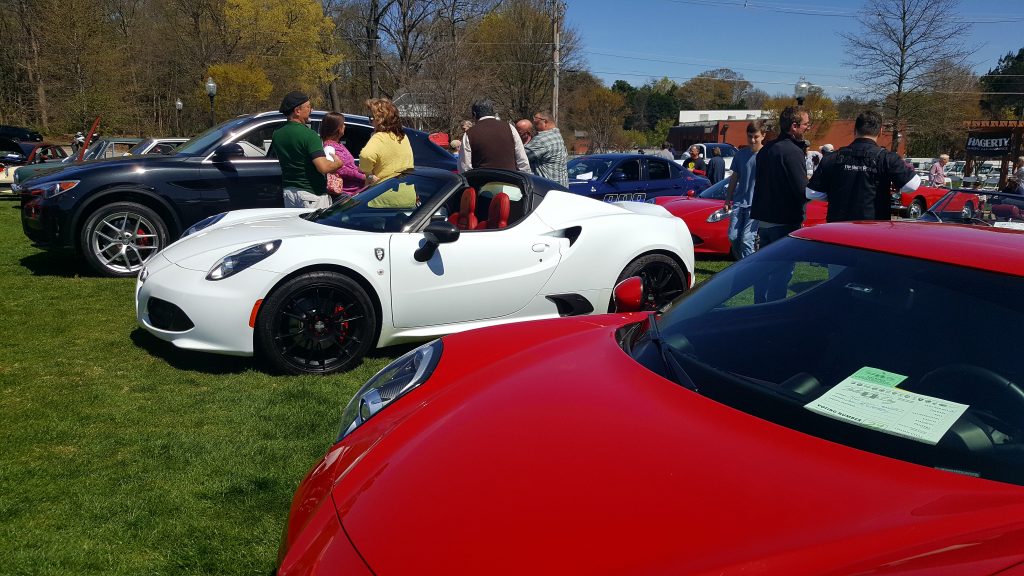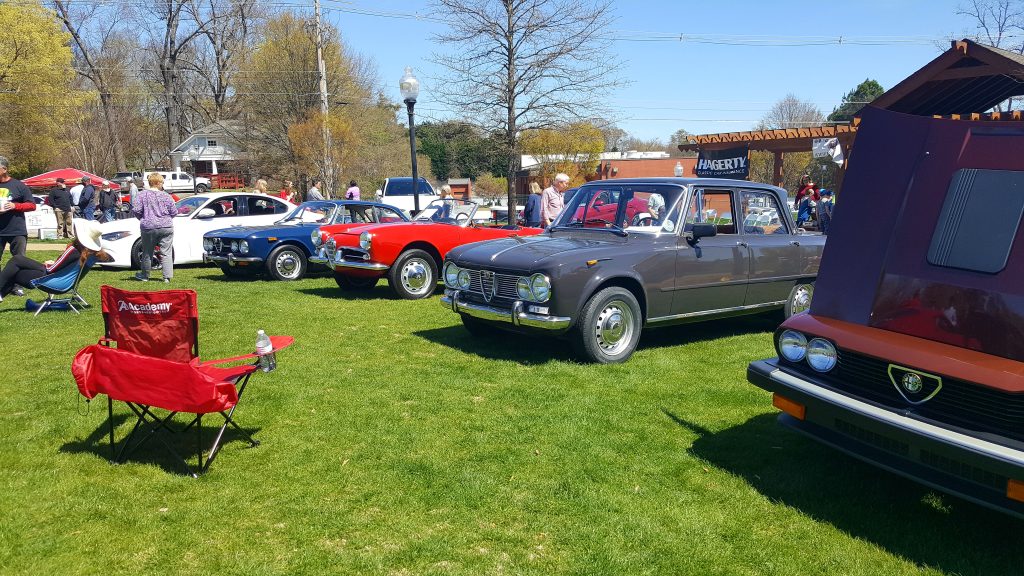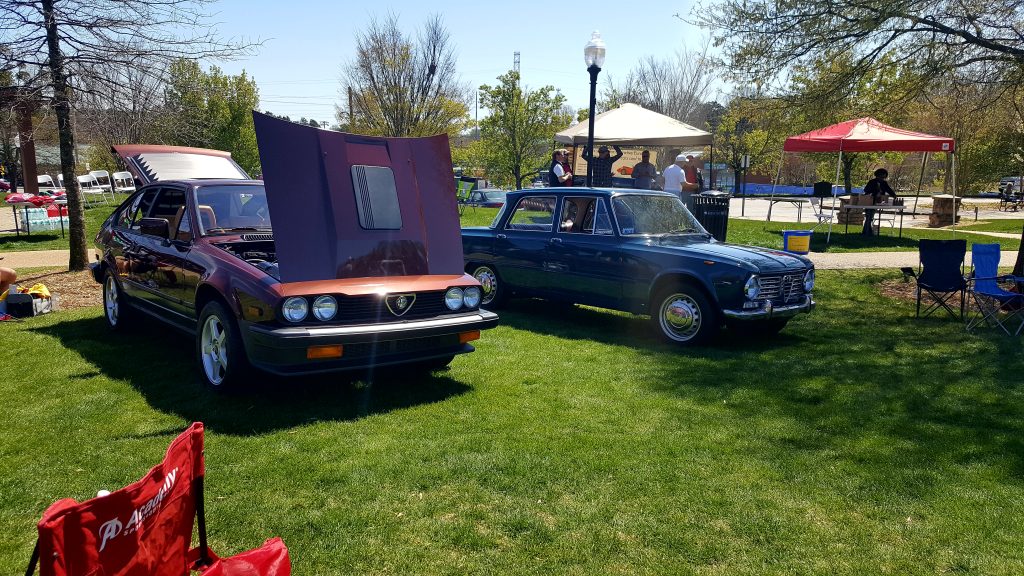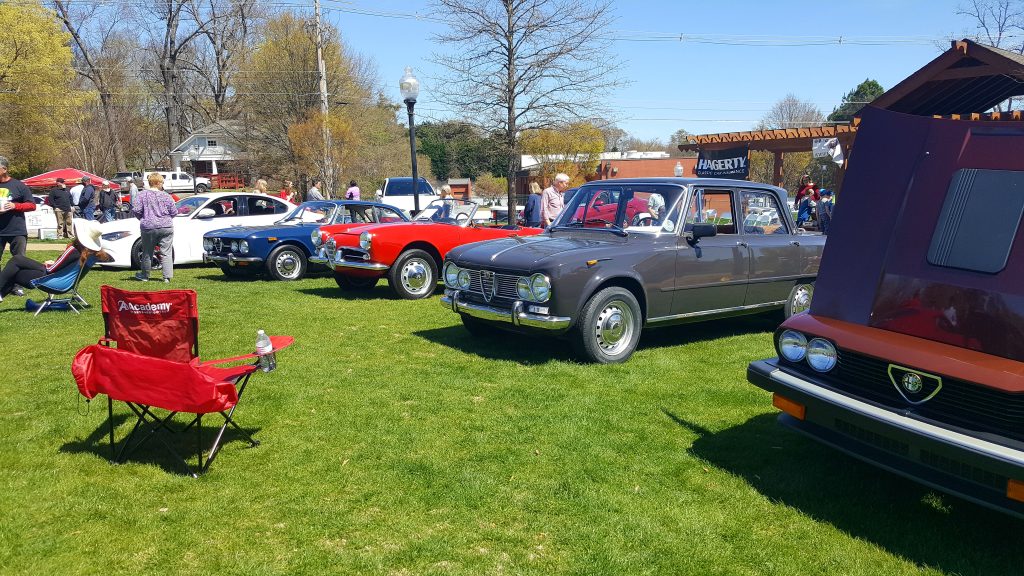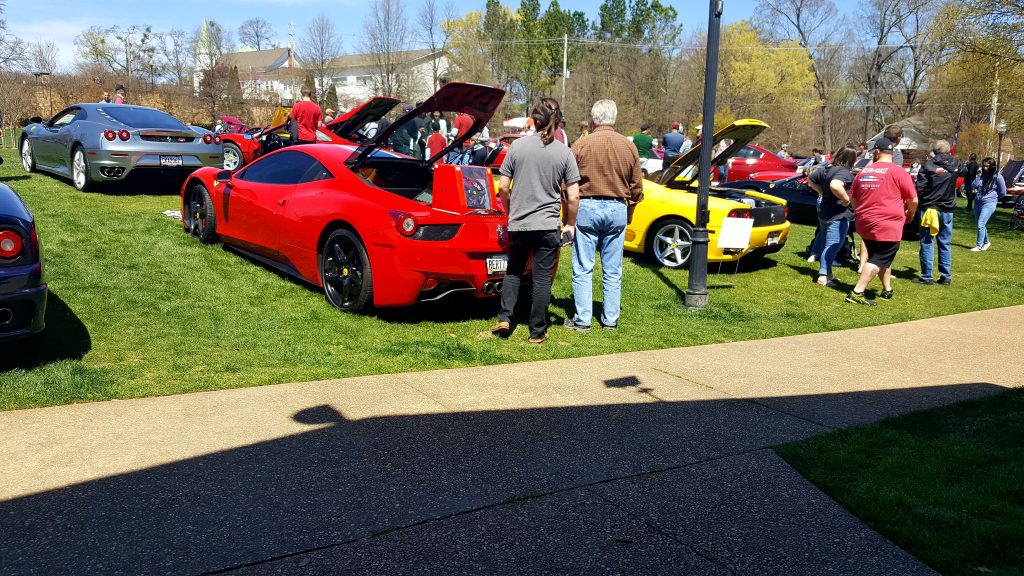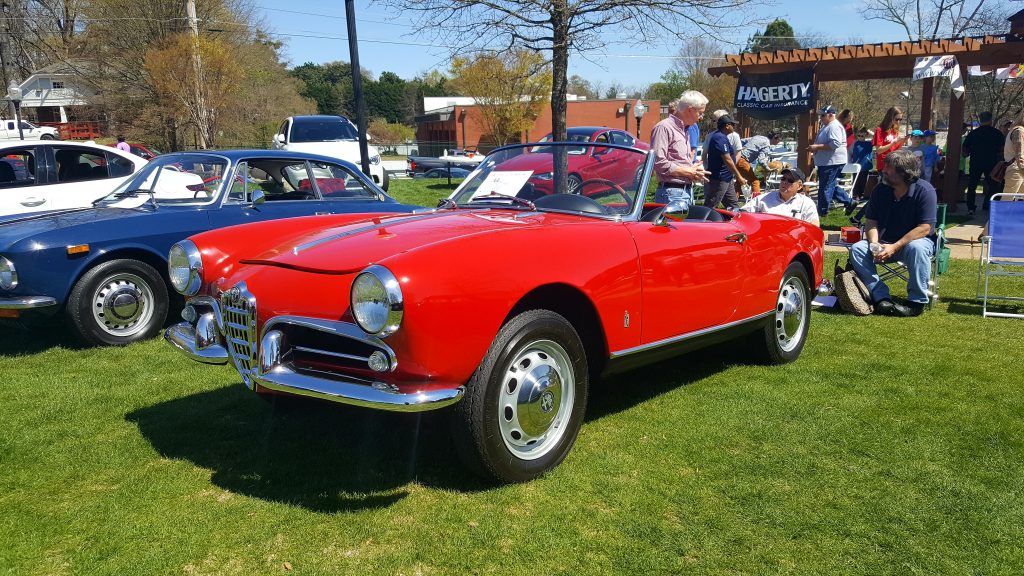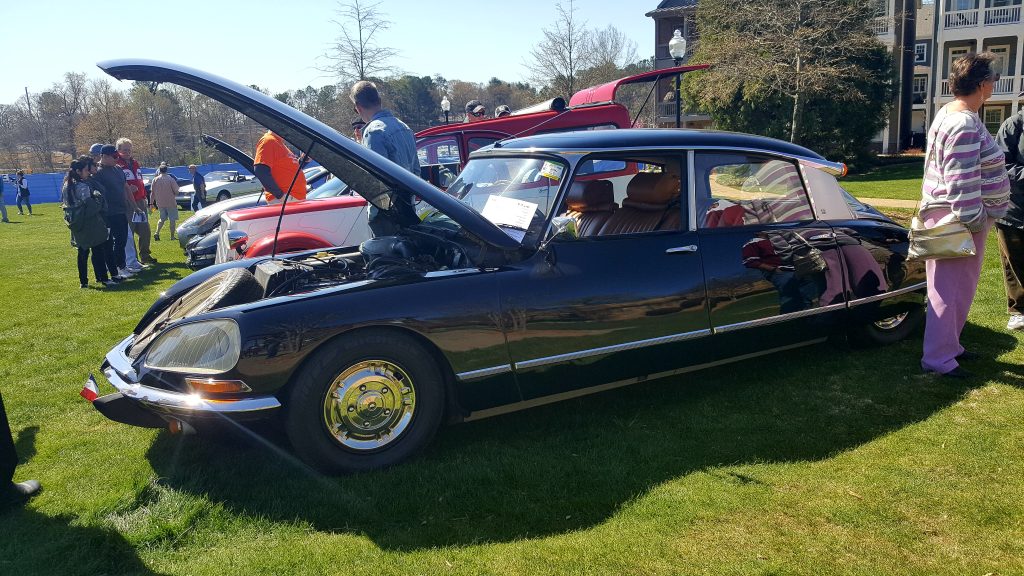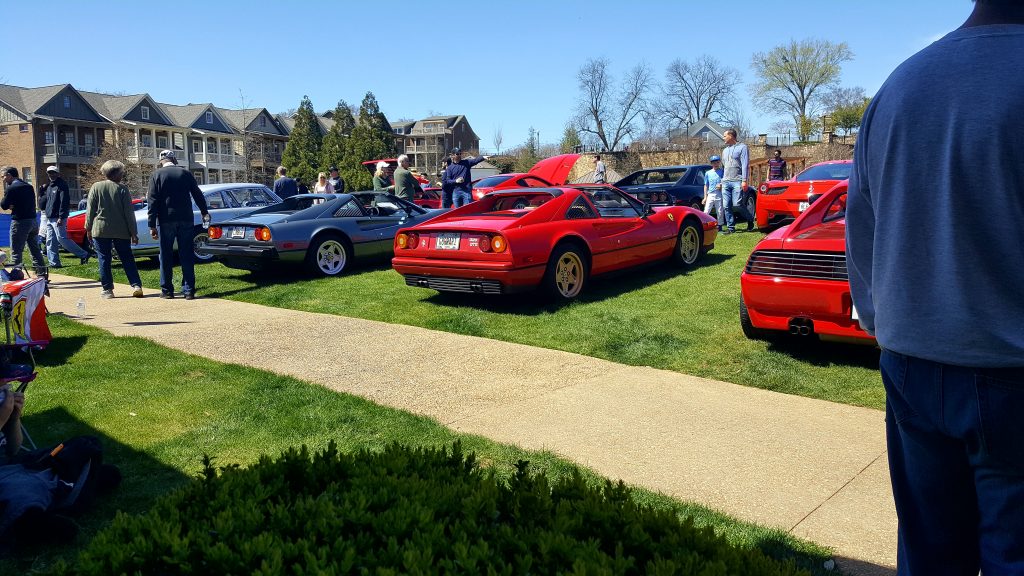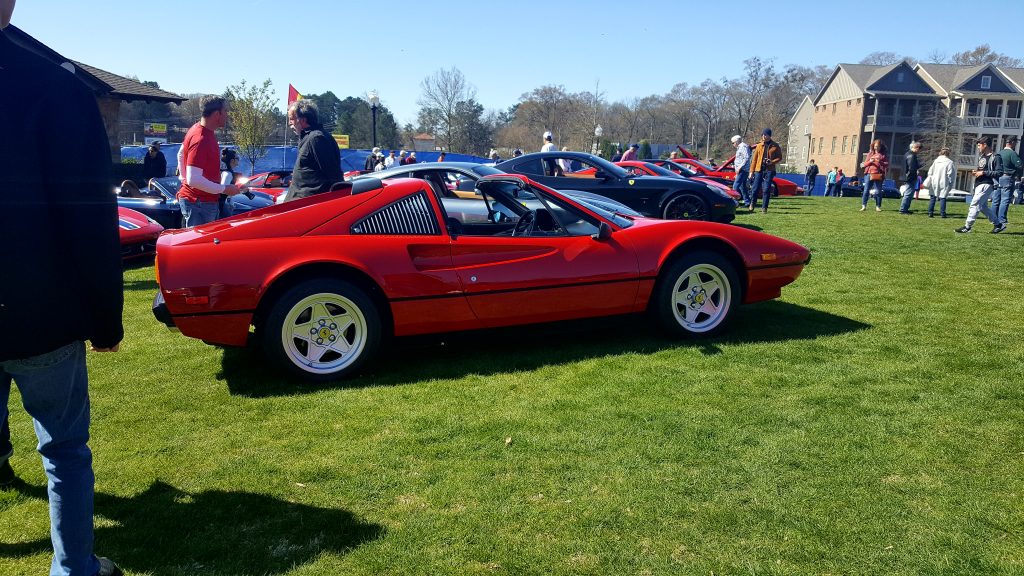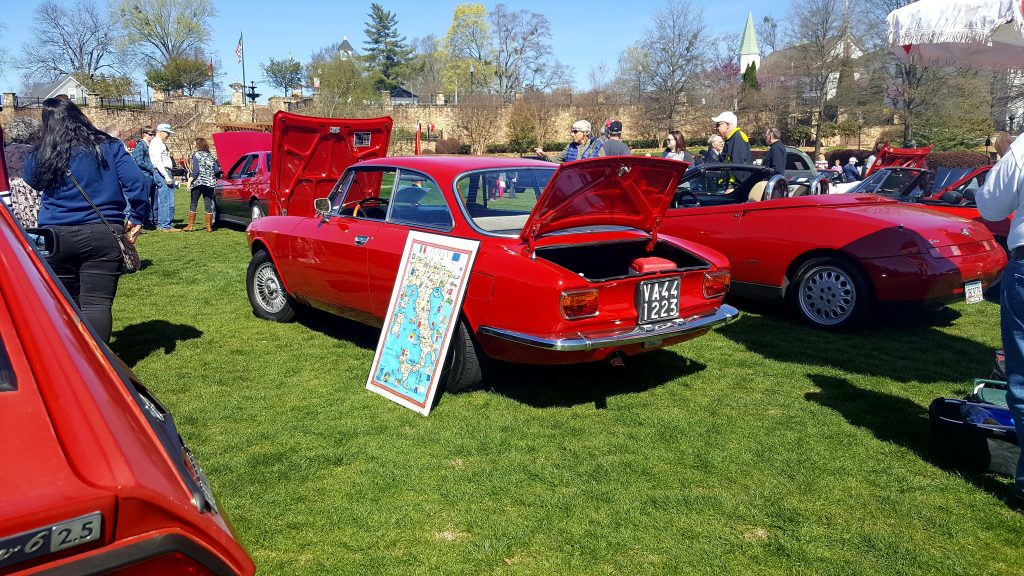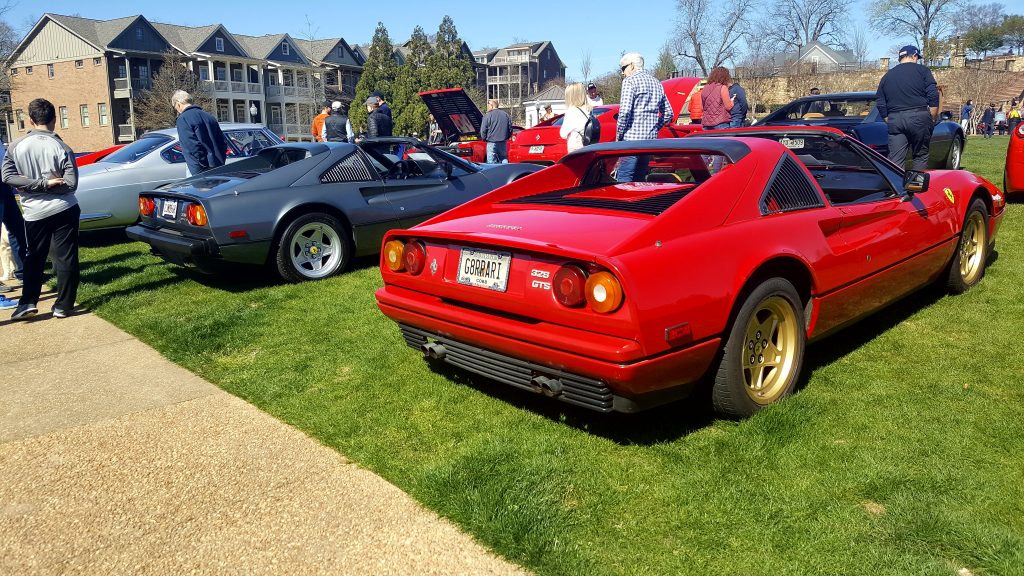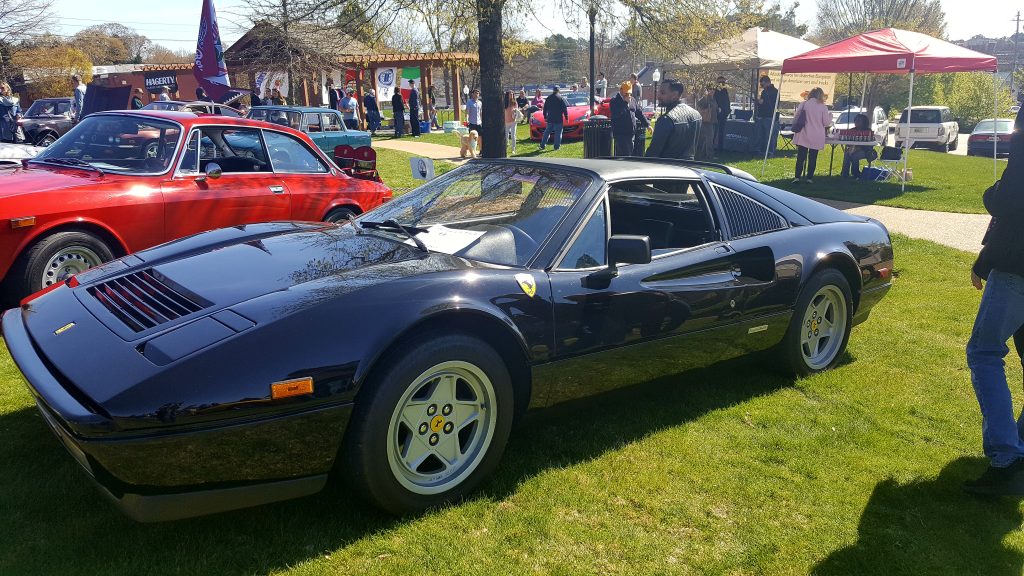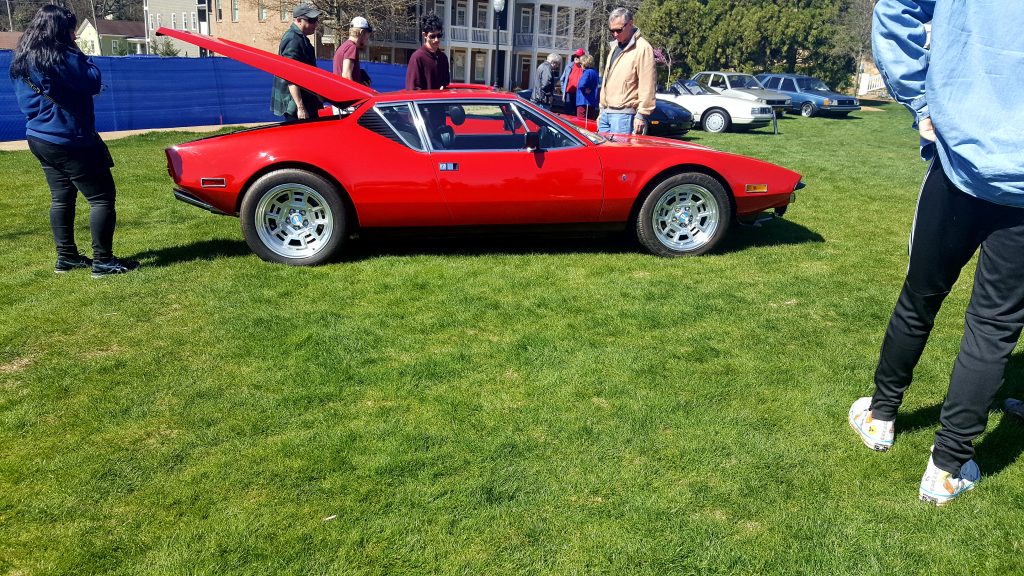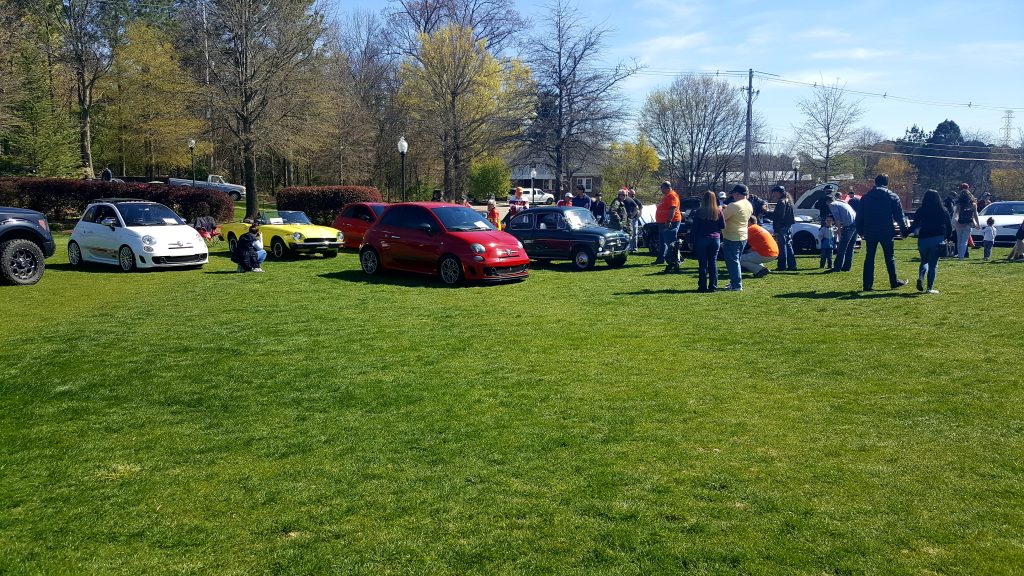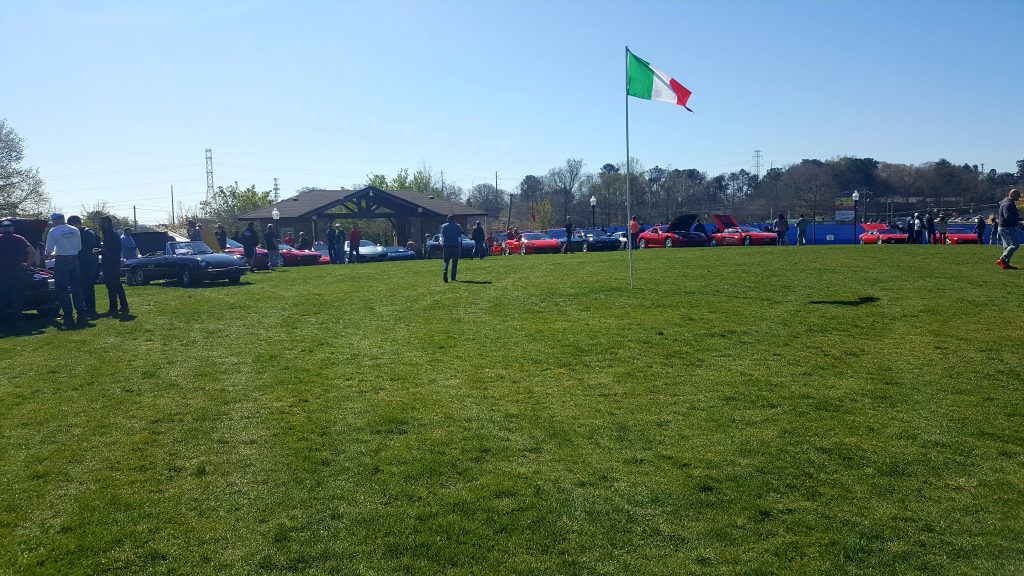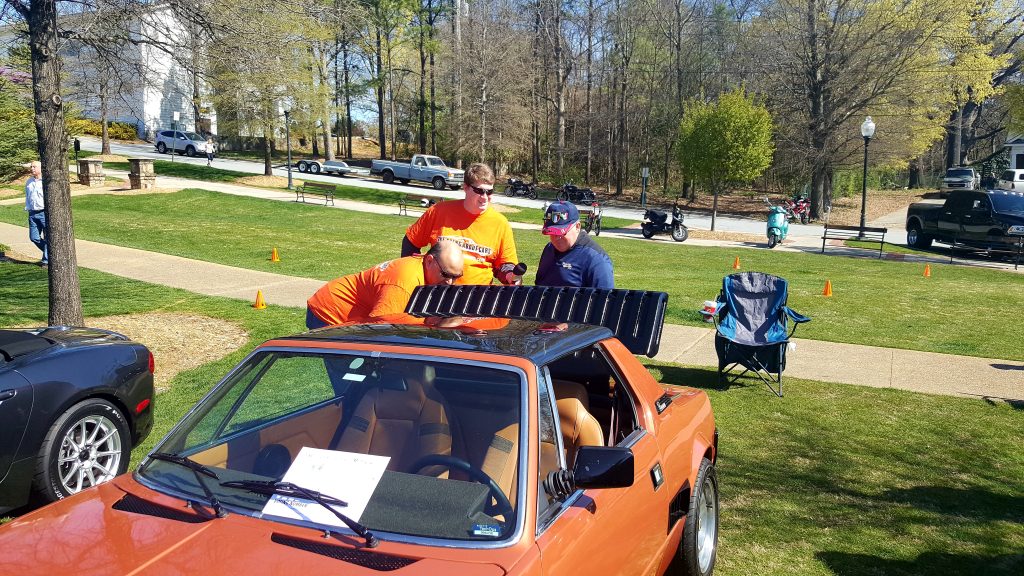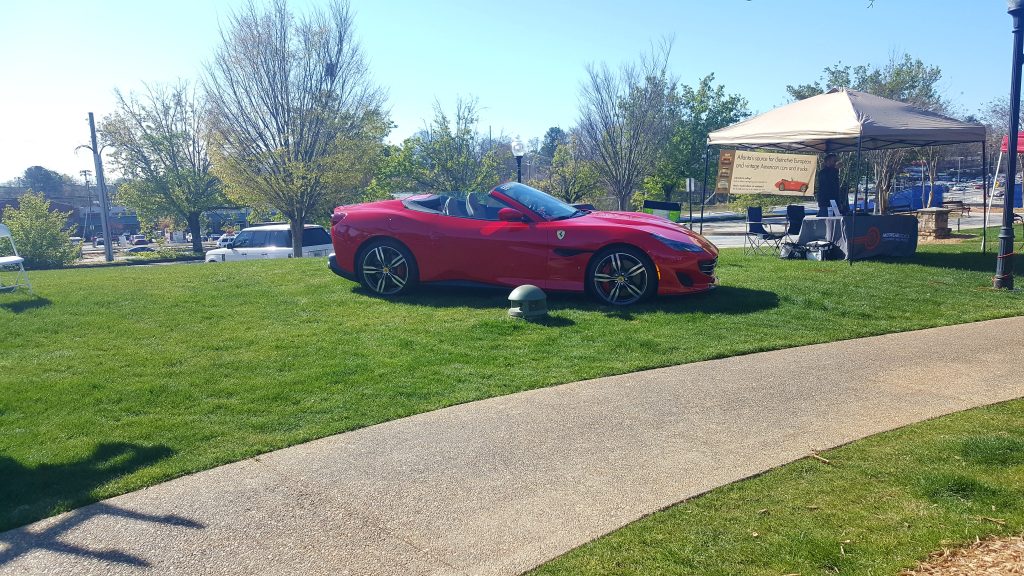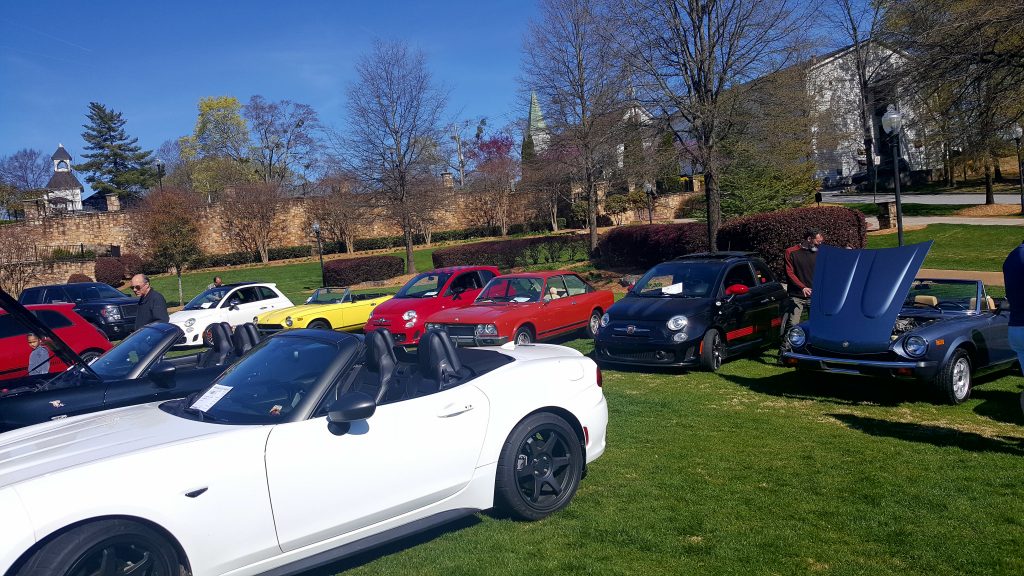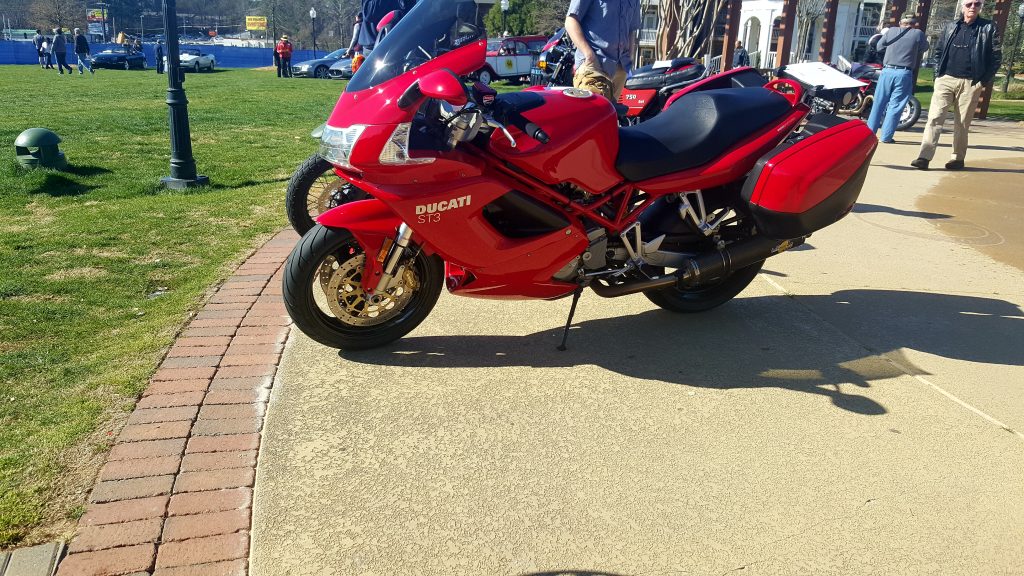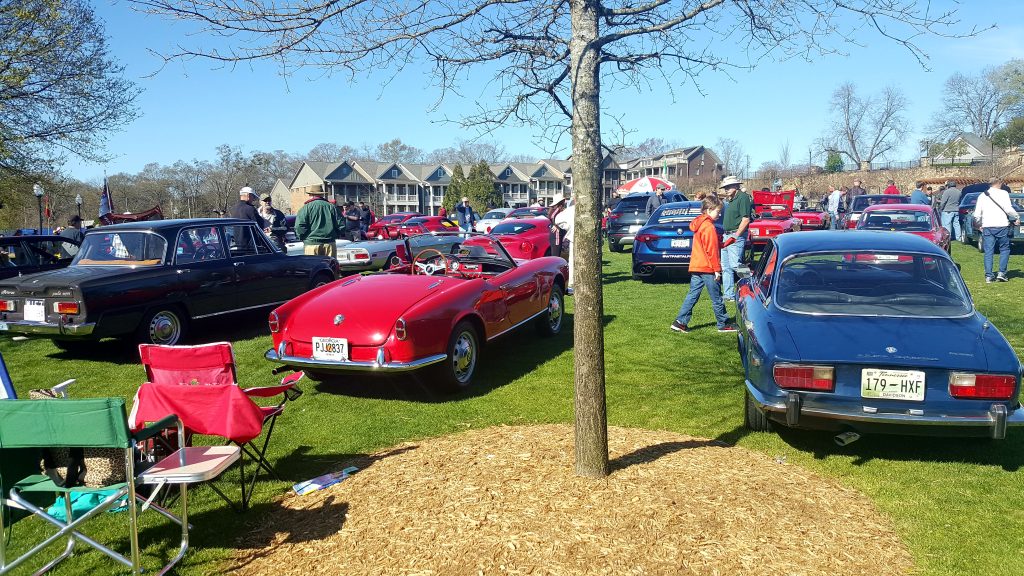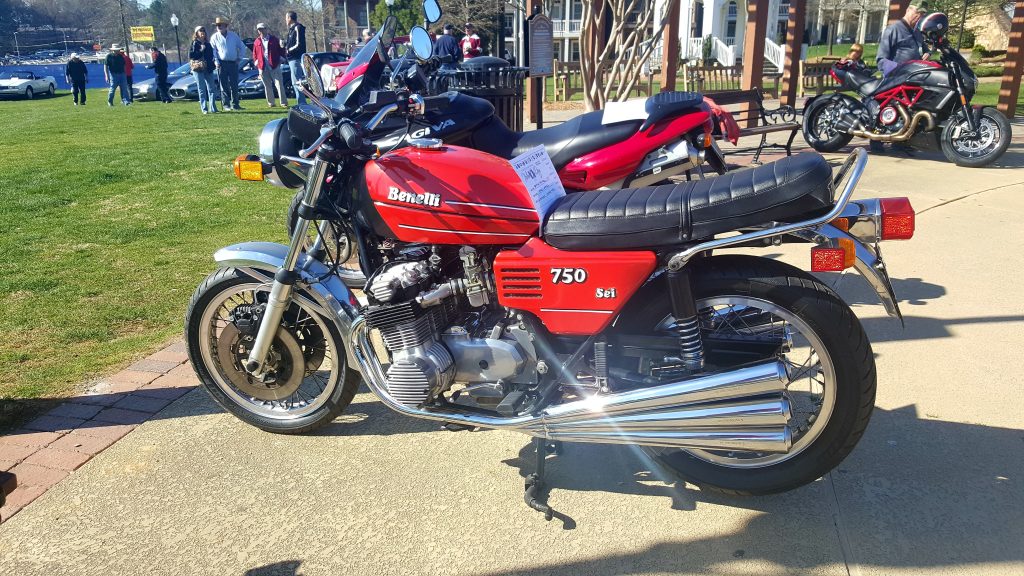Have you ever wandered around a car show, looking at all the cool cars, wishing that you could be one of the judges? That you could help determine who gets to take home those shiny trophies? I recently had that honour, and I’m here to tell you- it’s not as easy as it looks.

Makin’ it look easy!
Recently, The Thing About Cars was contacted by the organisers of the Mountain City Mayhem Festival, who invited us to provide a judge for the festival’s car show. After some discussion among the TTAC team, it became apparent that I was the only one who was available that day. So I volunteered, eager to add show-judging to my growing list of automotive experiences. Look at a bunch of cars and evaluate them in a competition? This should be fun!
The day finally arrived. I had recently done a bunch of electrical work to my trusty BMW mo’orsickle and was eager to road-test that stuff, so I threw a leg over the saddle and told the GPS to take me to the small-town airport where the show was to be. I mention this because I arrived at a car show, noted that some cool cars were present, and found a text message from fellow TTACer Mickey, who said he was by the stage. What stage? There was an EZ-up with a band set-up under it, but Mickey wasn’t near it. After some asking, I learned that I was at the wrong show! A kind person informed me that the show I wanted was on the other side of the airport. Back into my gear, back on the bike, and around the airport. Too bad all those cars weren’t at the same show! Finding the Mountain City Mayhem Festival on the other side of the airport was no problem, although everybody there was so nice that I’m left wondering where the mayhem was. Maybe I should come back after midnight to see it? That will remain a mystery for now.
I found the guy in charge, got the basic rundown, and we had to find the other two judges. Once everybody was there, we got the judging forms and clipboards and were turned loose. There were thirty-five cars to judge, and each needed a form filled out. The form had basic information at the top: the car number, which was found on a slip on the dashboard (or tucked under the seat of the two motorcycles in the show), and fields for make/model and class. The classes were things like Domestic, Import, Truck, Classic, Motorcycle. Then we had to give 1-10 points on body, paint, interiour, engine compartment, and tires/wheels, and then there was one more field for extra points for dual class (e.g. Classic and Domestic) or whatever bonus-points we wanted to assign. I had some fun with that last field.
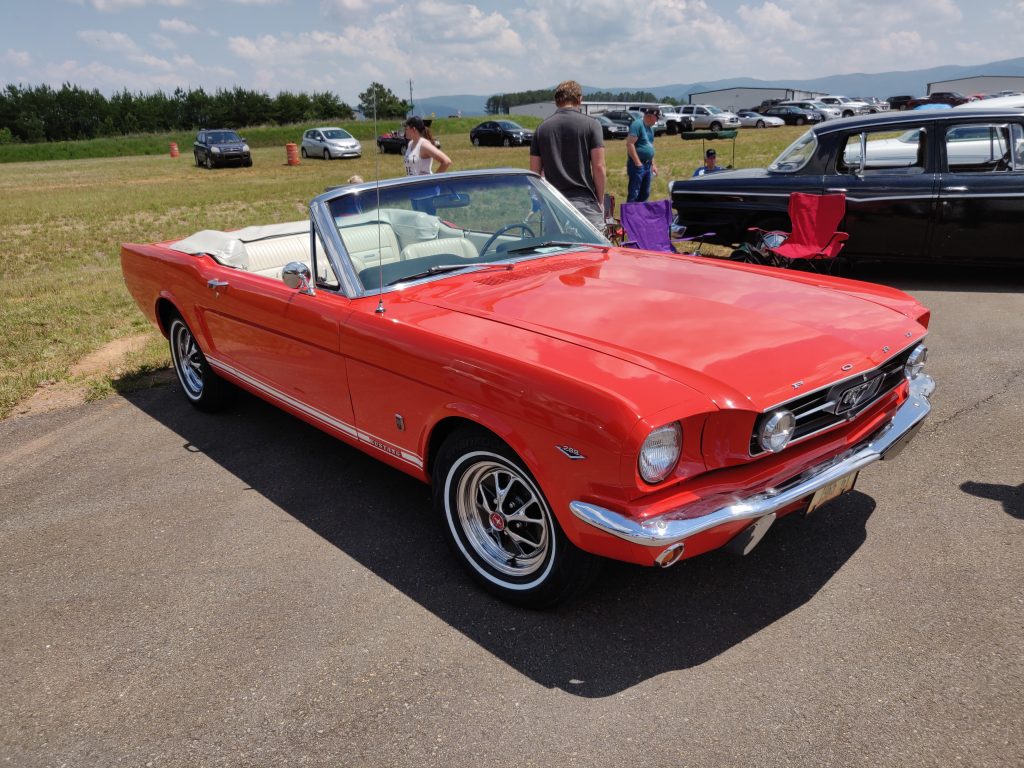
Oh look, it’s in the TTAC colours!
The first thing I did was to walk up and down the line and just give everything an initial glance so I’d have an idea of the overall field of entries. They ran the gamut from a first-generation Mazda 3 with tired paint and no discernible custom-touches beyond a sticker, to a fully show-worthy 1963 Impala with tons of chrome under the bonnet and custom leather inside. There was an early ’50s GMC truck that was immaculately restored without being over-restored, four or five old Toyota pickups converted into lowriders in desperate need of paint, a Suzuki GSXR 600 that bore some battle-scrapes, an old Dodge truck with faded, patina-ridden paint carefully protected under matte clearcoat, an immaculate ’57 Chevy, and so on- you get the idea.
After my once-over, it was time to get down to business and start filling out 35 forms. Time to start giving one to ten points in six categories, thirty-five times. Anywhere from 210 to 2100 possible points to allocate. How do I do it? The first one seemed easy, then it felt trickier, then as I became aware that I needed to finish them in time for the tallying, it felt like pressure. On top of that, it’s really subjective. REALLY. Subjective enough that I started to envy the concours judges at the prestigious events, because they have solid criteria for originality and authenticity to guide them. On top of that, I needed to try to make it somewhat objective too, so that I could judge fairly. A certain car might not be my personal taste, but it deserved a fair shake. Regardless of style, the owners put a lot of effort into their vehicles. Then there’s the fact that I’ve been a car-nut all my life, which means a certain amount of my own jadedness that I had to be careful with. And how do you fairly judge both a dead-stock car and one that has been highly modified, in the same contest? How do you give everybody a fair chance, especially when some show up with working-class daily drivers and some show up with cars worth more than the guys with the daily drivers make in three or four years? And on top of that, I’m inherently enough of a nice guy that I want to be generous with the points for every car. I know what you’re saying, it’s just a small-town car show that doesn’t mean much in the grand scheme of things. Why get so deep into it? Why? Because I’m a car-nut, and I want to make my fellow car-people happy. In the aforementioned grand scheme of things, this is a hobby for most of the people involved. Hobbies are supposed to be fun. I want everybody to have fun. Therefore, I wish I could make everybody a winner. But it’s a judged show, and I was there to judge. There weren’t enough trophies for everyone. So I had to make choices. It was difficult, but I managed. And on top of that, it was HOT out there, and I had to juggle my clipboard and pen and a big cup of lemonade. The ice melted quickly.
But I got through it, and I’m glad to say that I only overheard one person trying to make me overhear them about bribes. They mentioned dropping some twenties on the ground around their car. I pretended not to hear them and went about my business. There were a few buckets of candy by some of the cars, but I’m trying to watch my sugar-intake so it was lost on me. Nice try, although I wonder if it got more votes from the kids for the Kids Choice Trophy. The few owners with whom I came into contact were very nice, and that’s one of the things I love about being into cars: the people. I can say the same thing about the motorcycling world, but we’re talking about cars here. I’ve had great conversations with people of all socio-economic levels who just plain love their cars. From the guy with whom I worked years ago who felt a close kinship and devotion to his somewhat beat Geo Prizm that had seen him through thick in thin to the guy who brought a truly gorgeous 1963 Ferrari to a recent show, they’re all great people who love to commune with other car-lovers. But back to business.
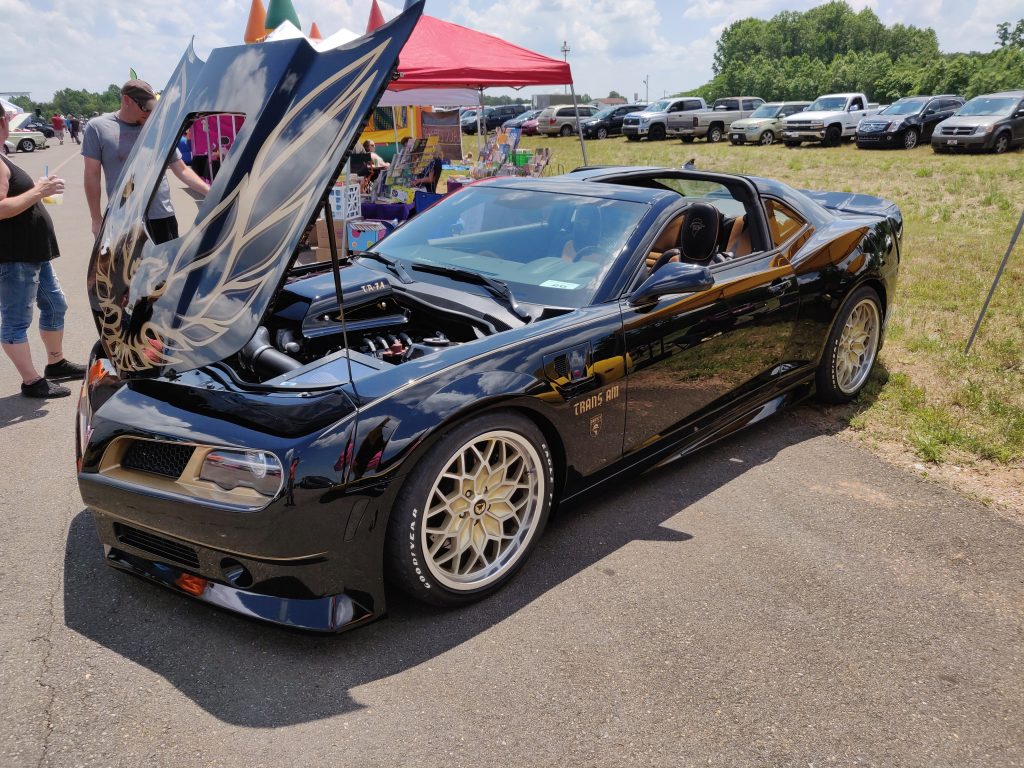
This Bandit Edition, a recent Camaro converted into what a Trans Am would probably look like if Pontiac was still around, was the Kids Choice winner.
The people in charge were already tallying when I turned in my forms, and I made a lot more work for them. As it turns out, the other two judges skipped a bunch of cars. I don’t know how, but they did. So I guess that means that my judging was even more influential on who got the trophies. If I had a bigger ego, I’d be proud of that. The tallying got done and the winners were announced. Several people won two trophies, and I’m happy to say that two trophies were decided by children. One was the Kids Choice Award, and the other was the Queen’s Choice Award, given by the Marble Queen and Princess, a high school kid and elementary school kid, respectively. I assume the marble in question was the rock rather than the game, since the local business association had something to do with the festival. The winners were happy with their trophies, everybody had a good time, and the lemonade sure was good. Not a bad day.
So the next time you find yourself at a judged car show, have some sympathy for the judges. It’s hard work.
